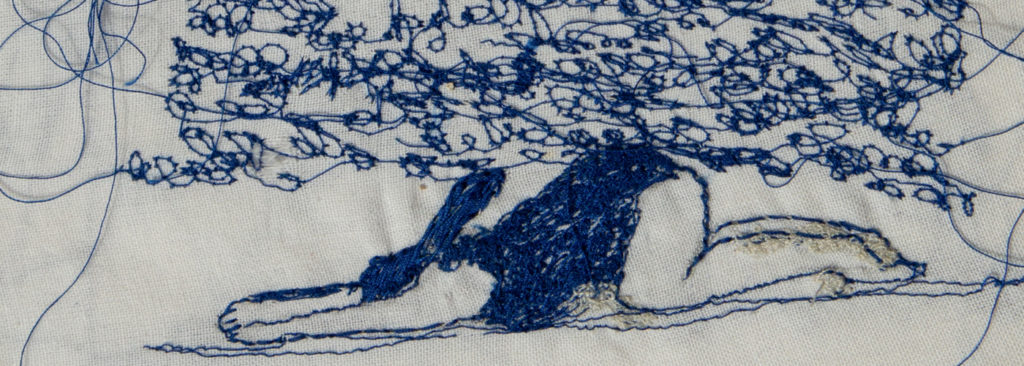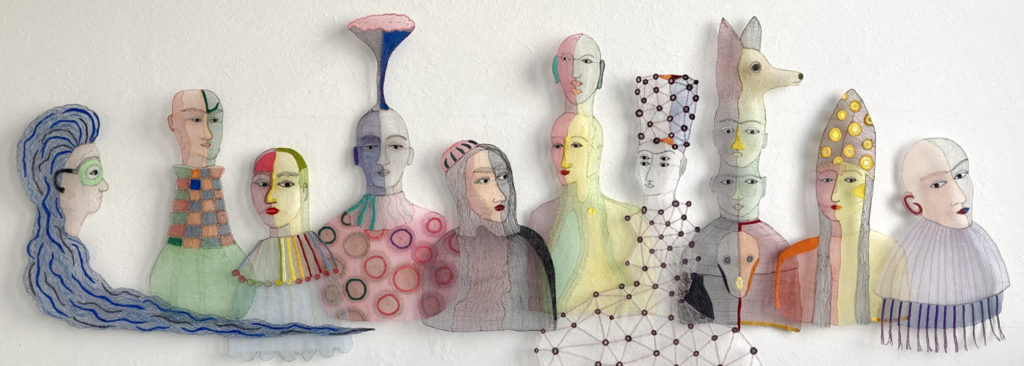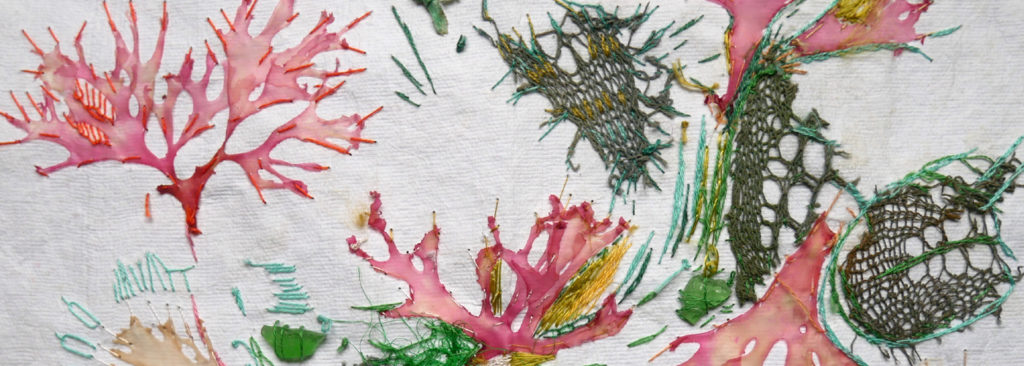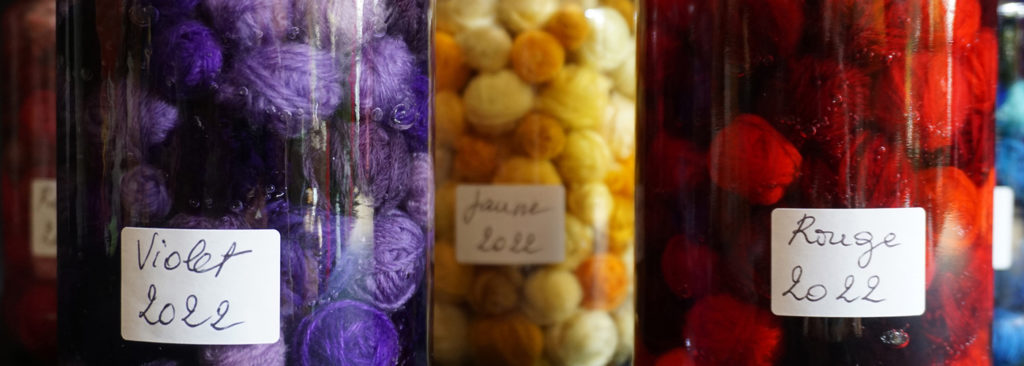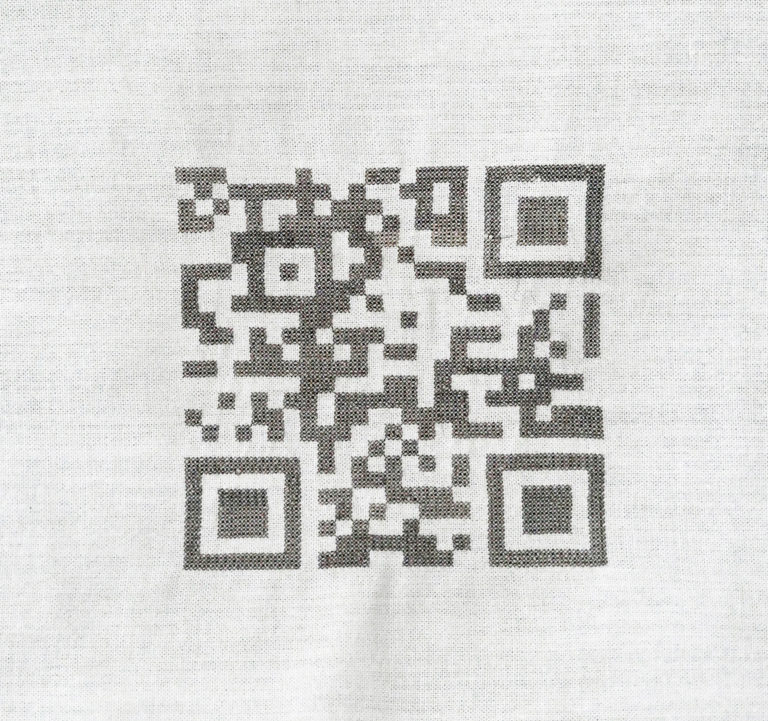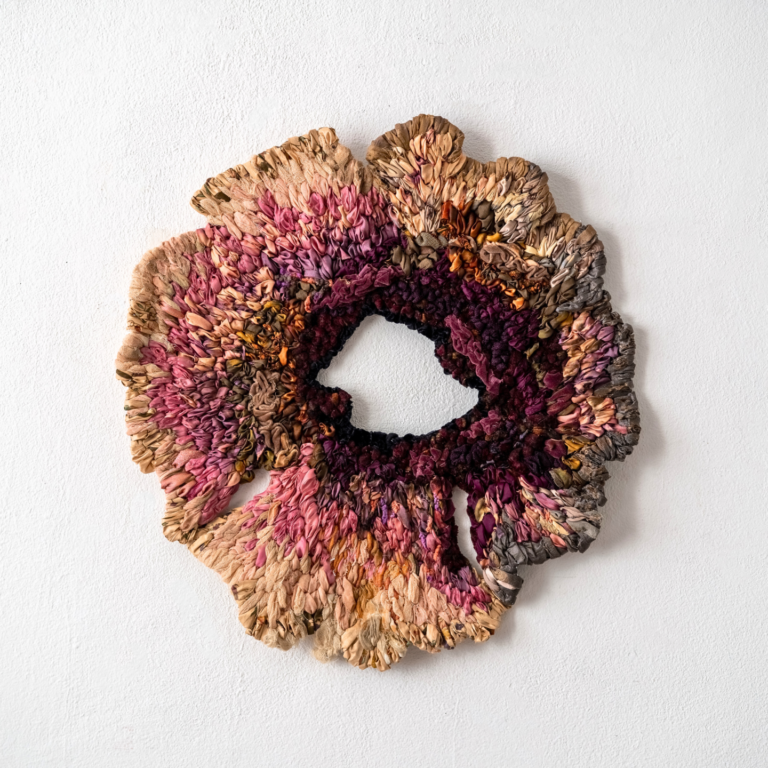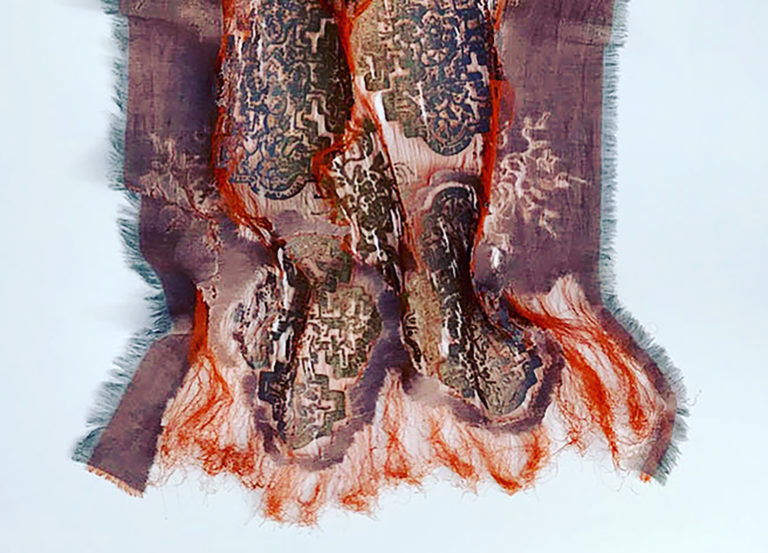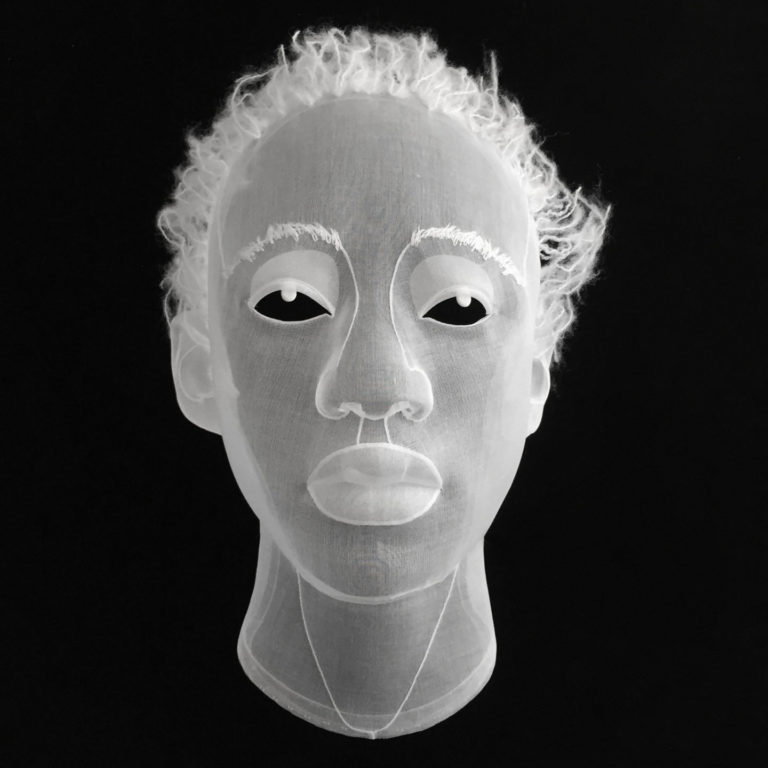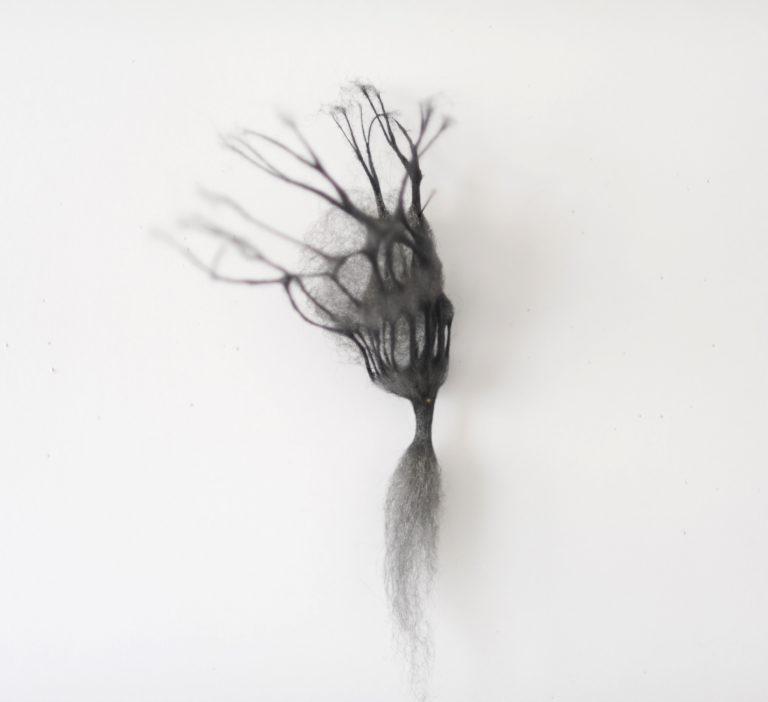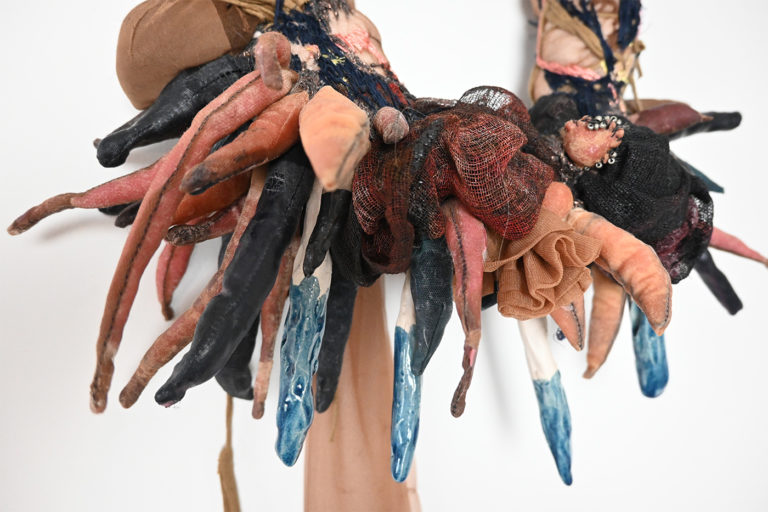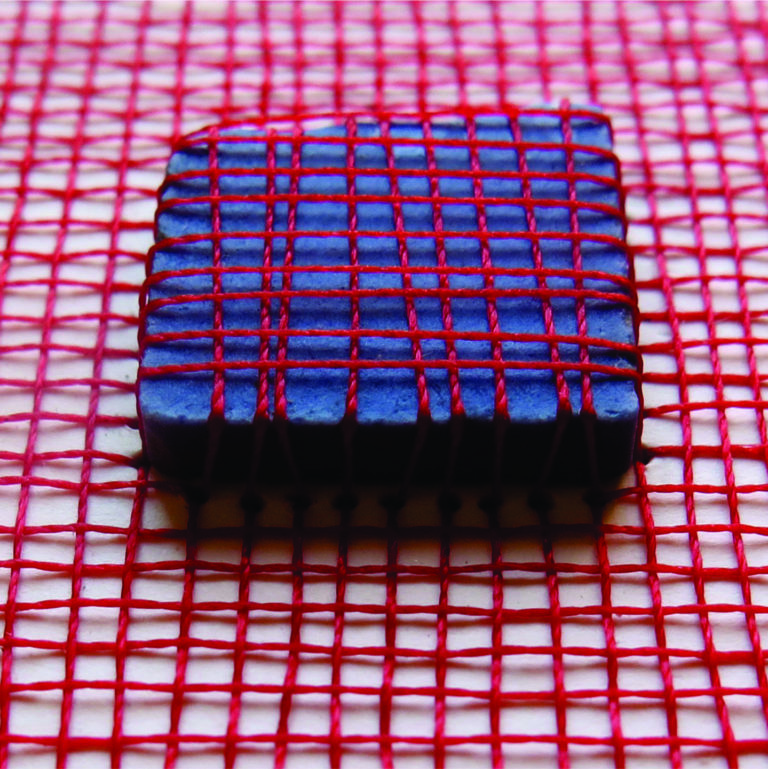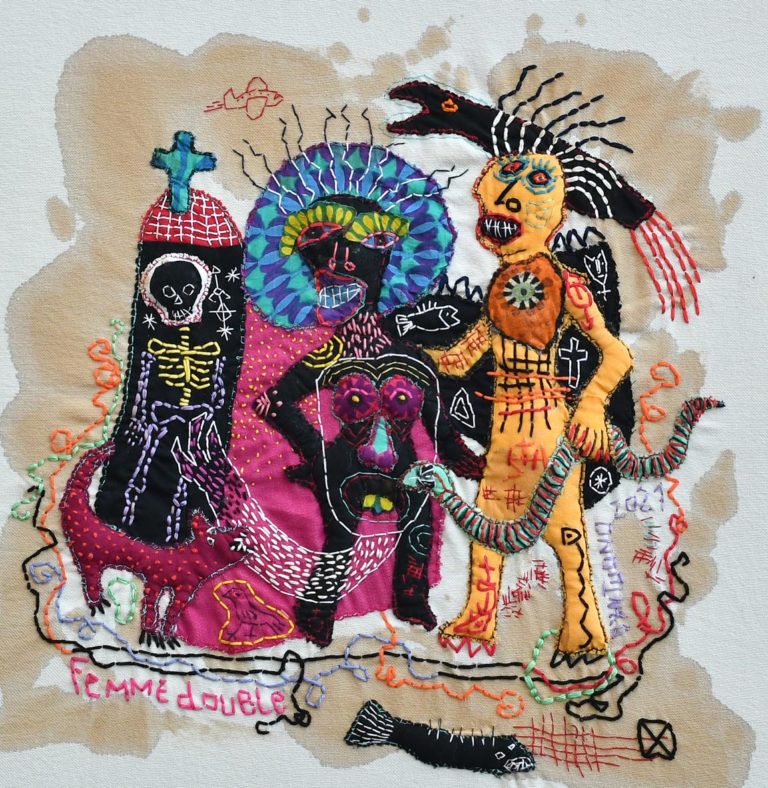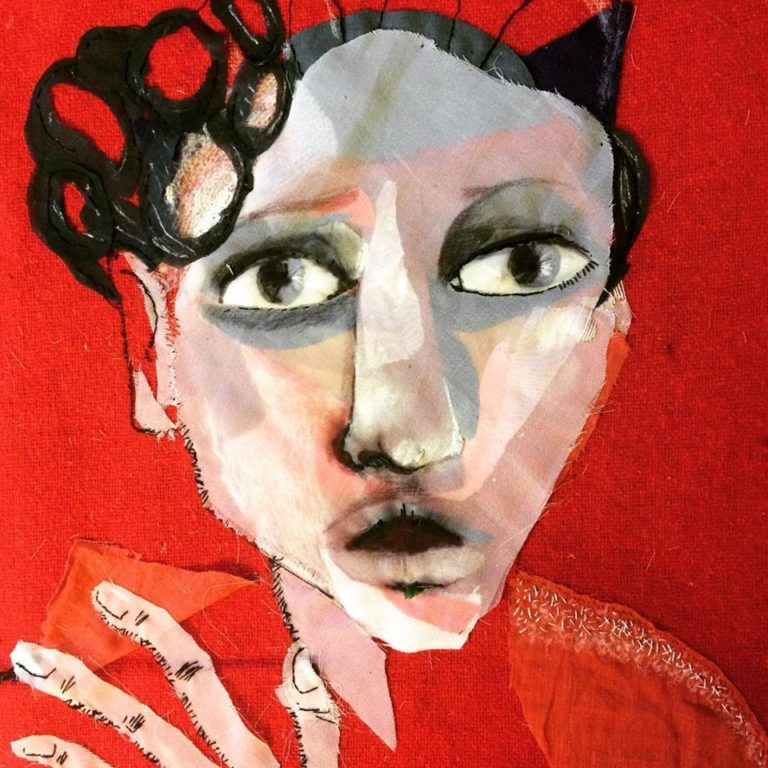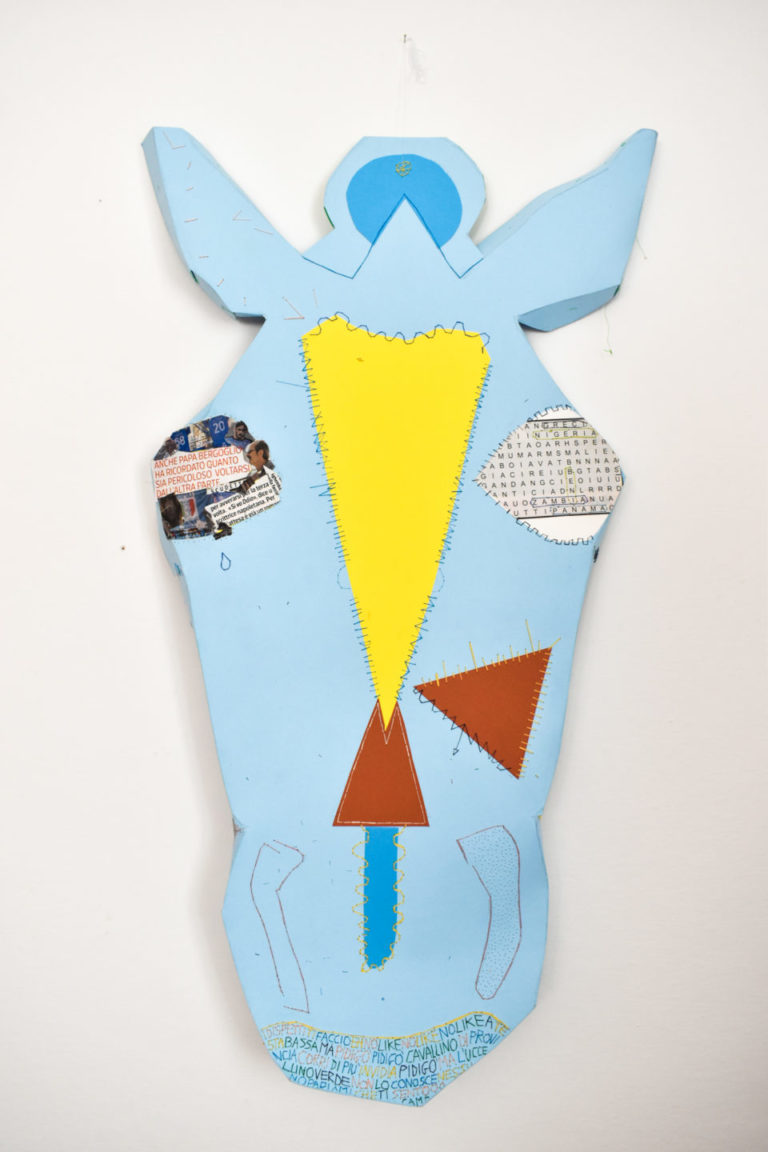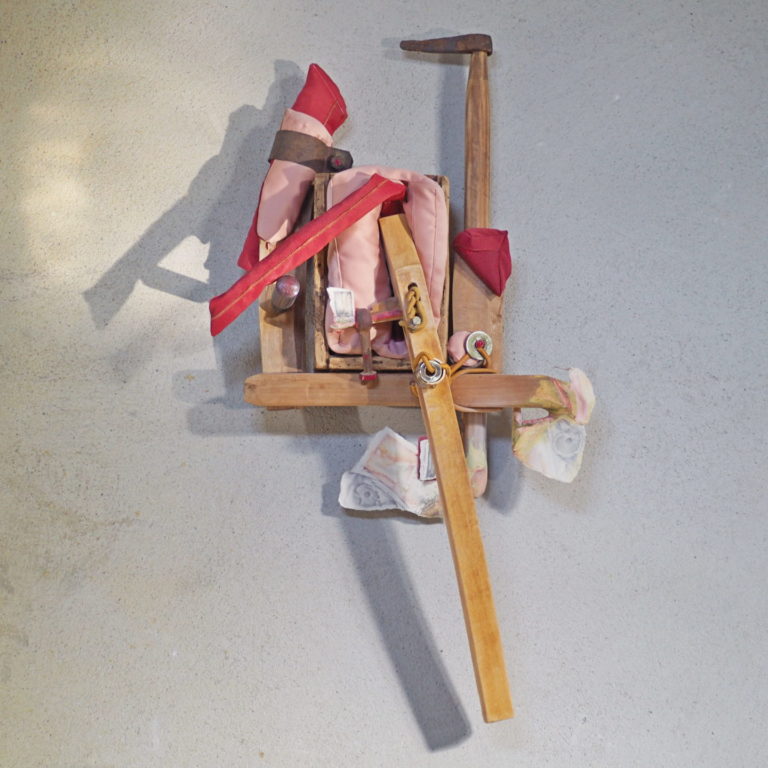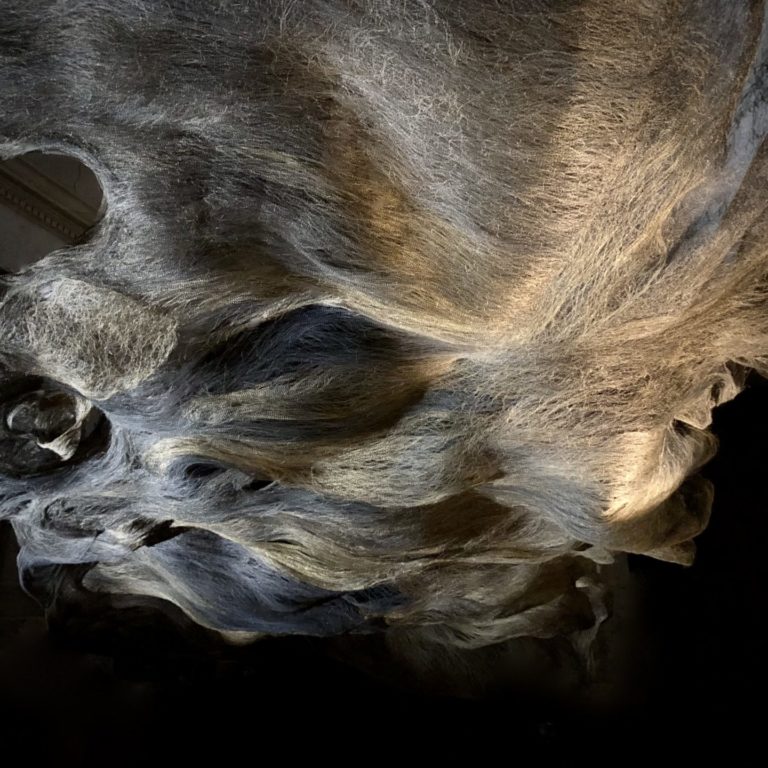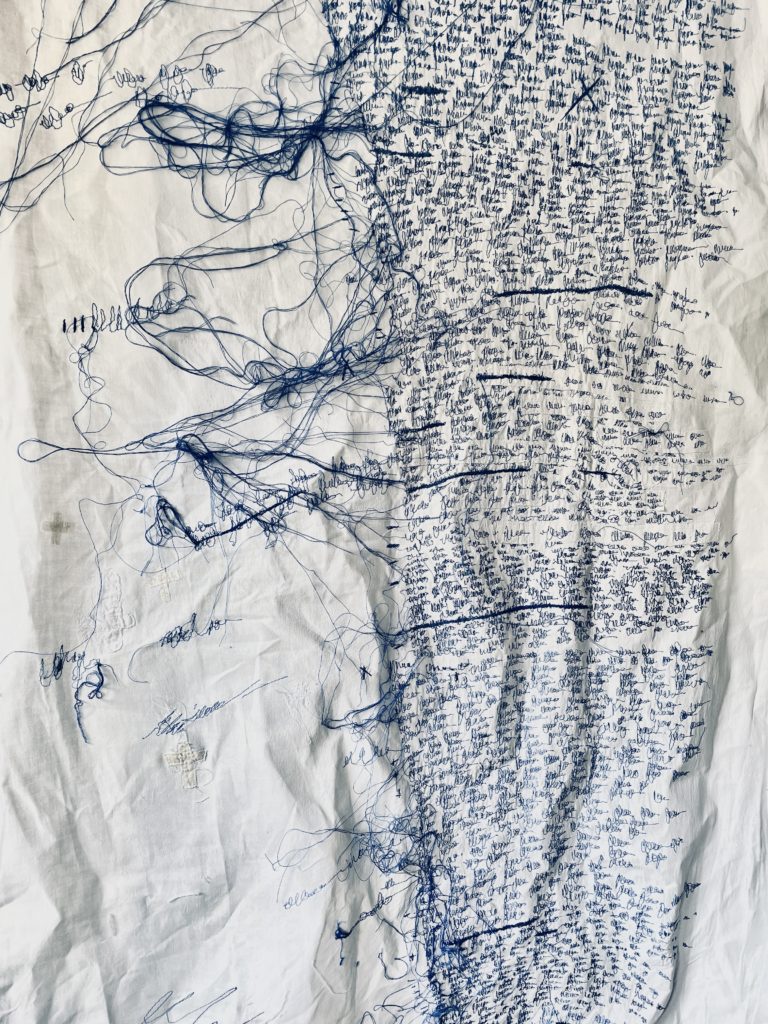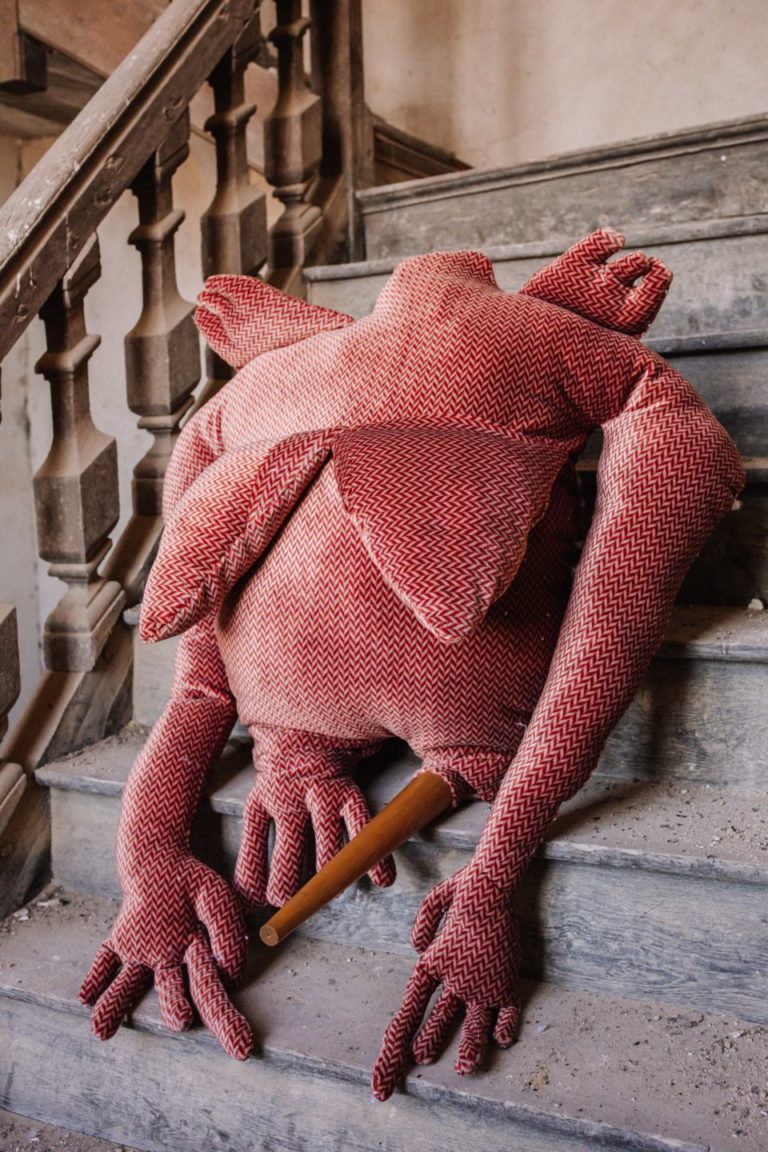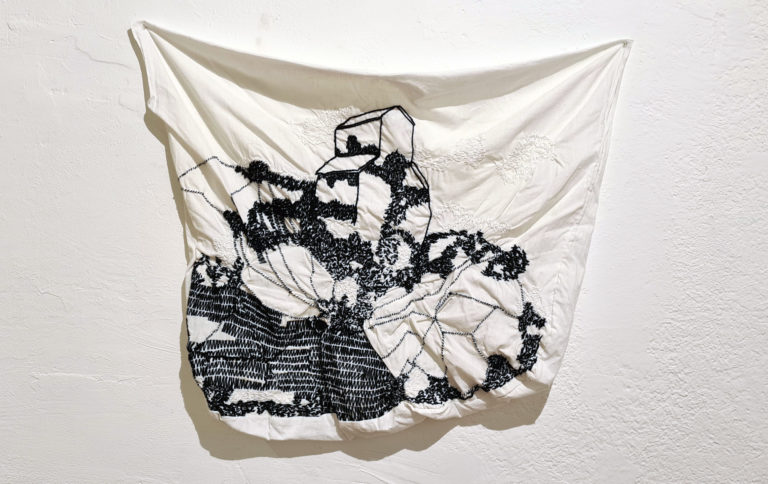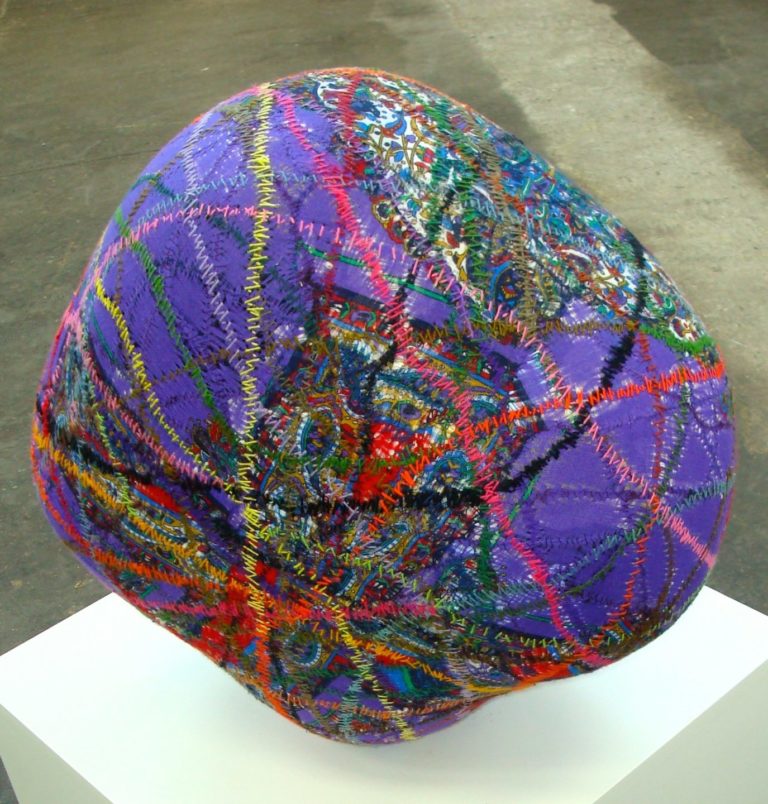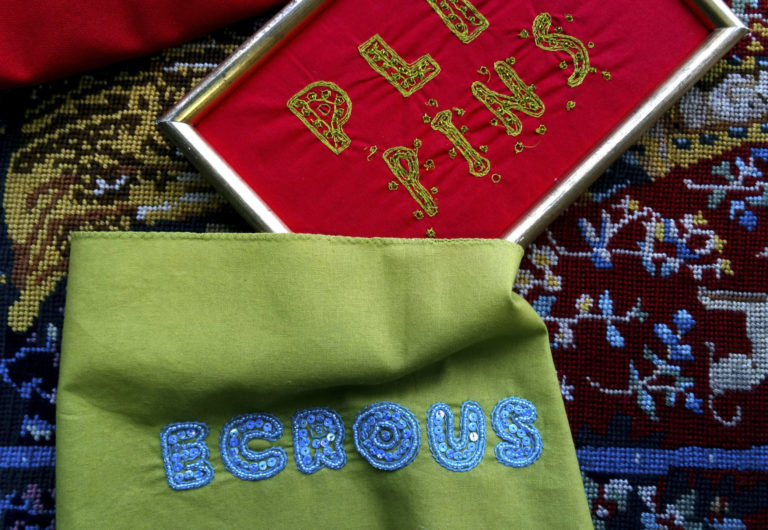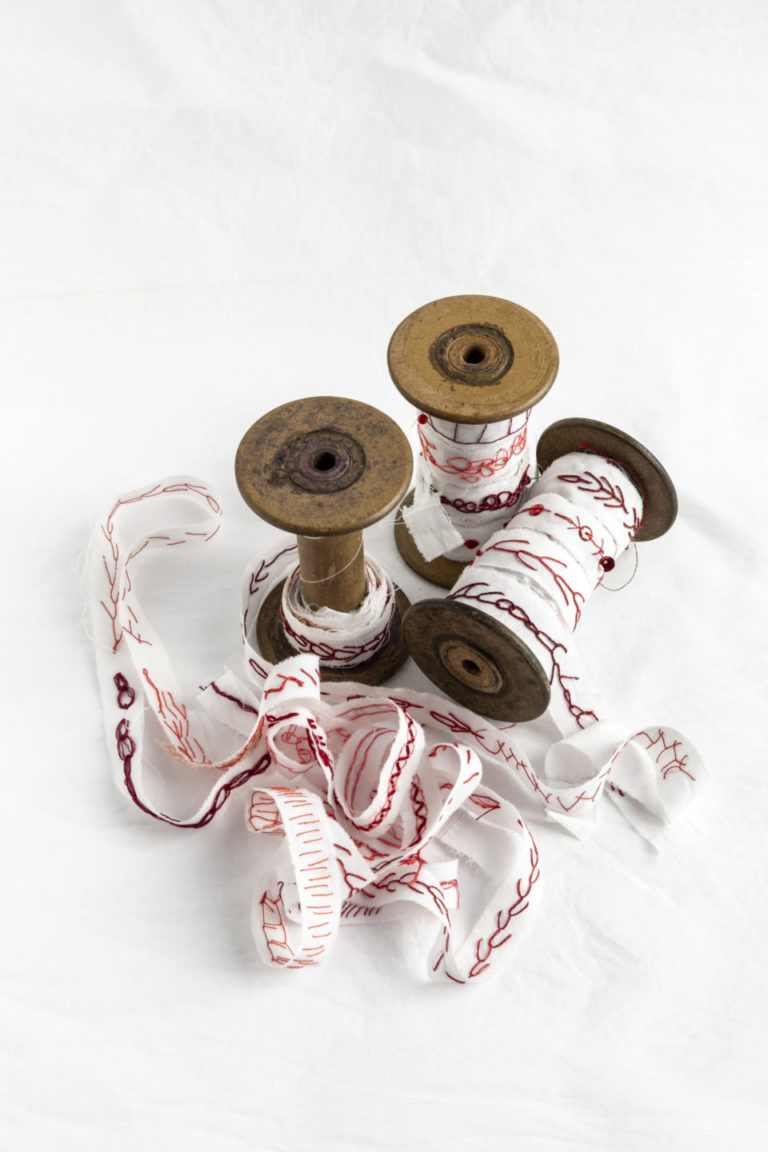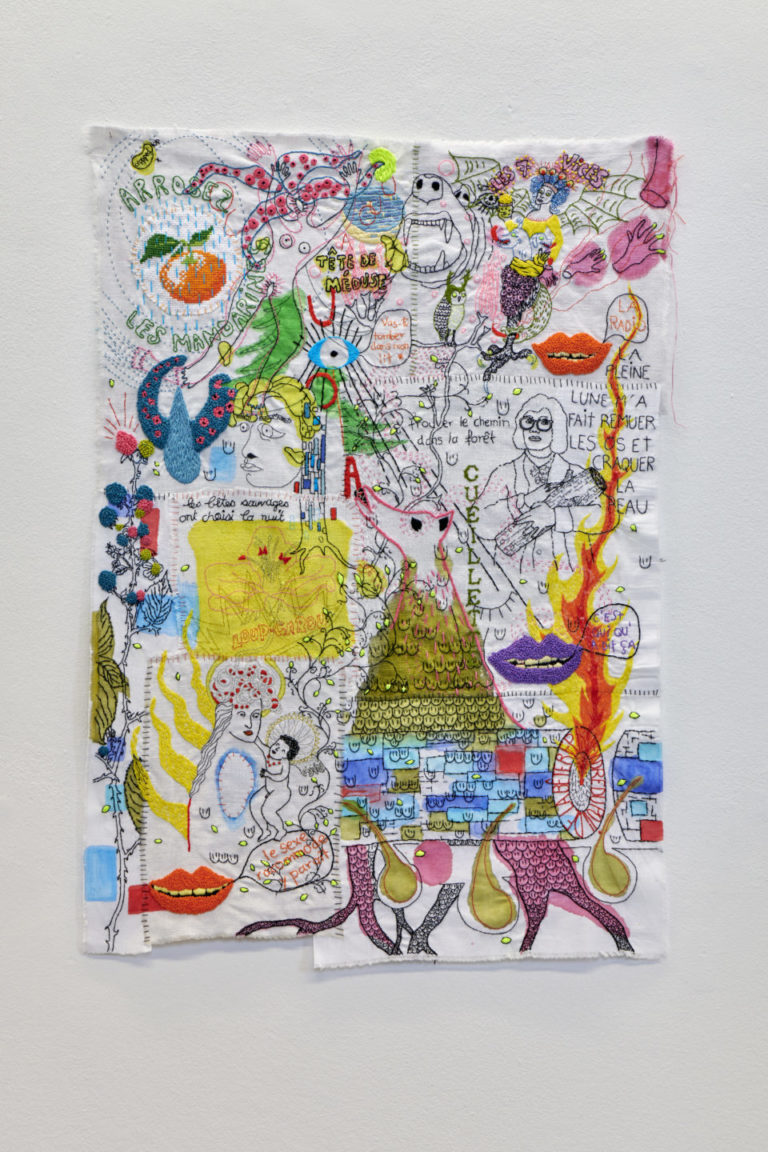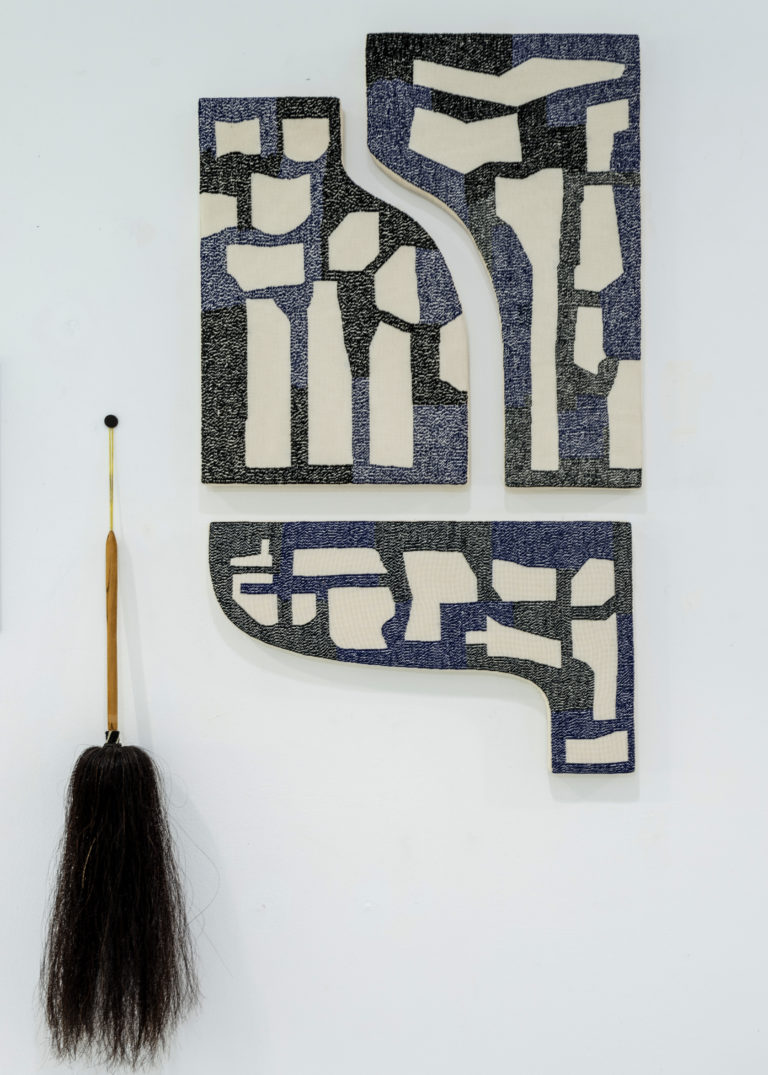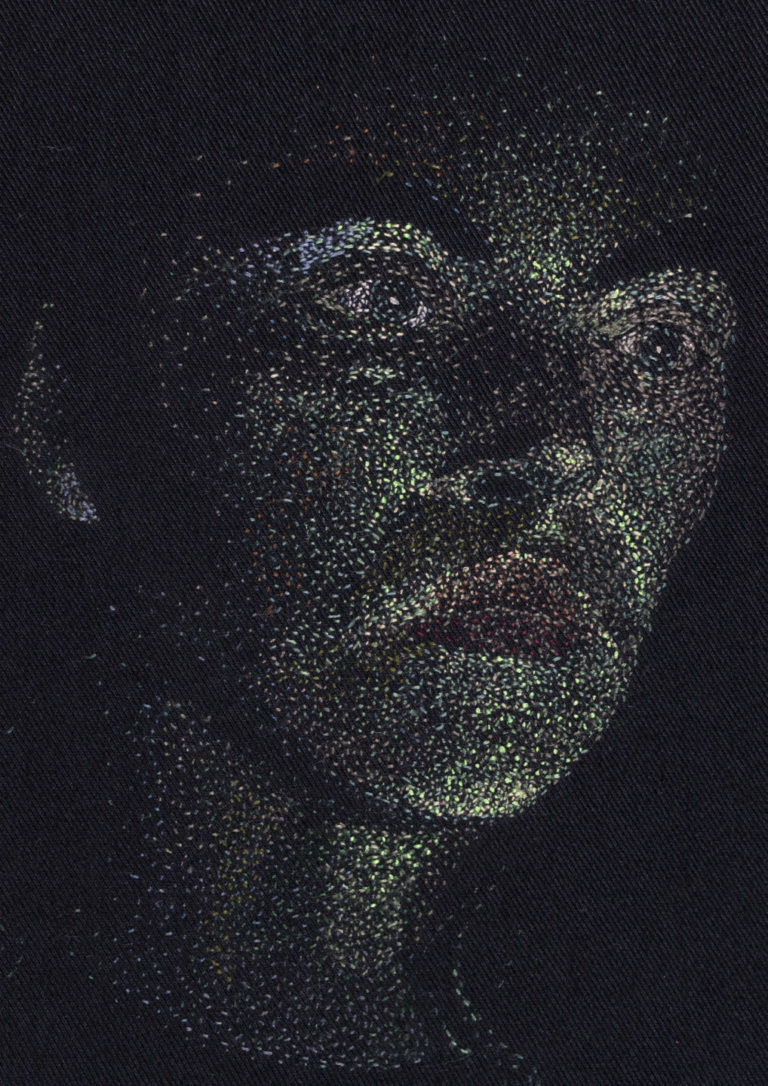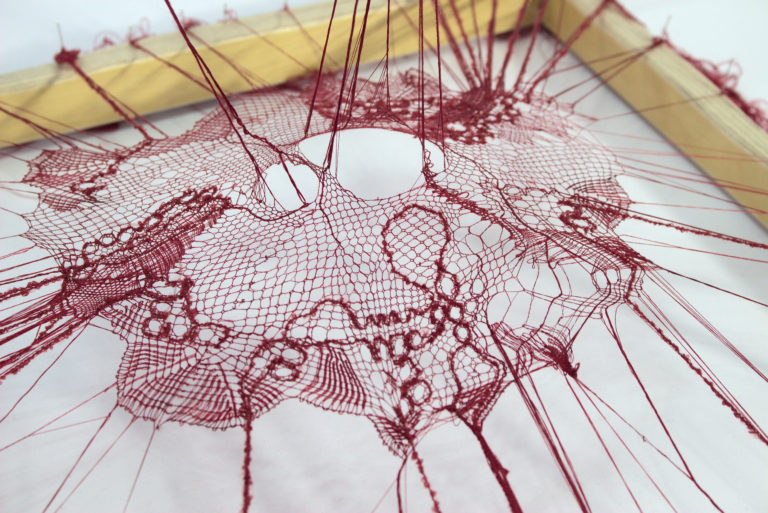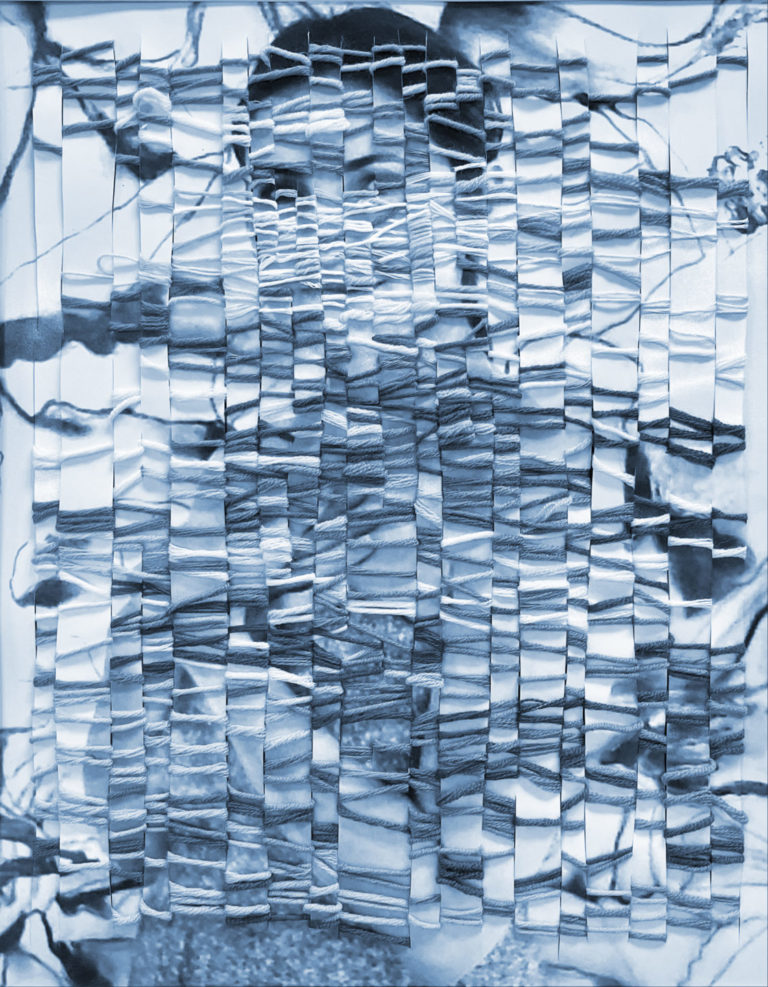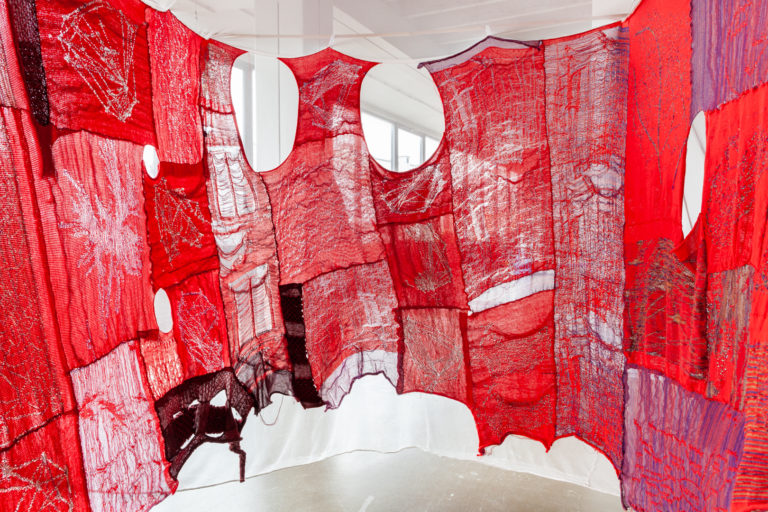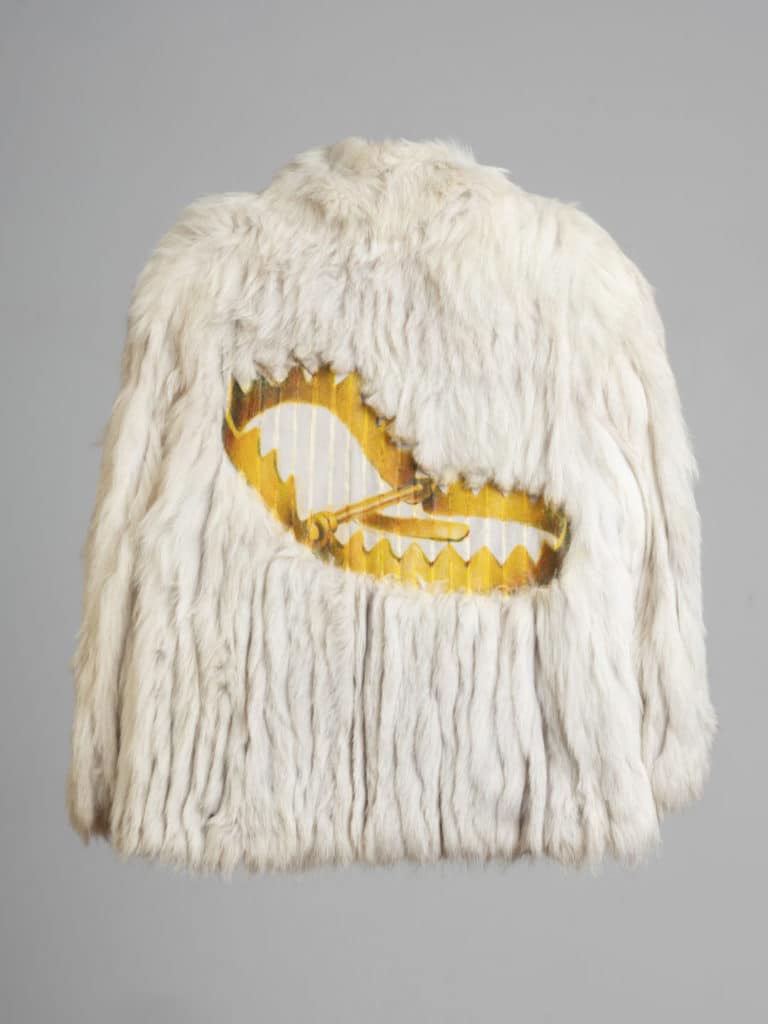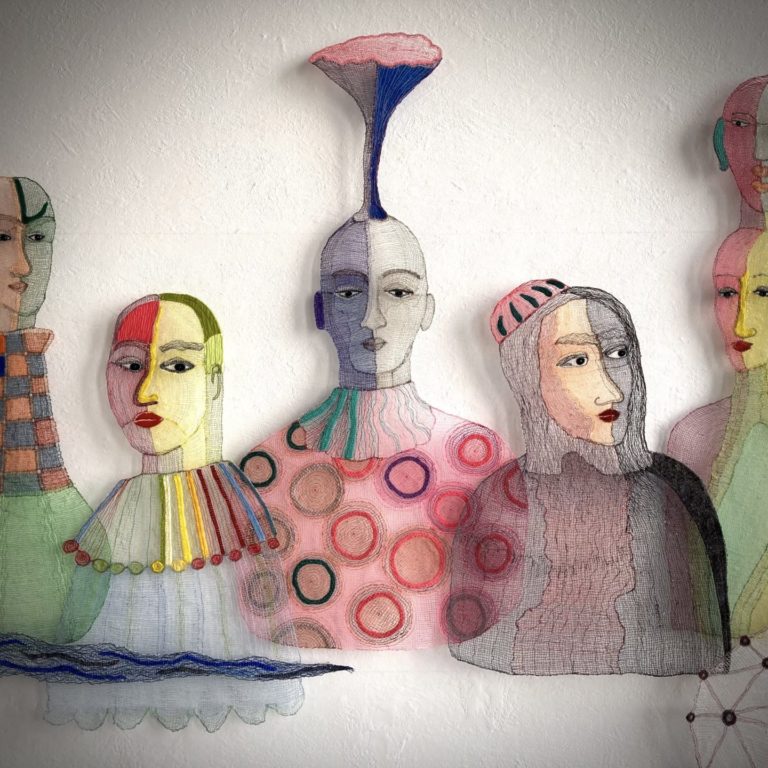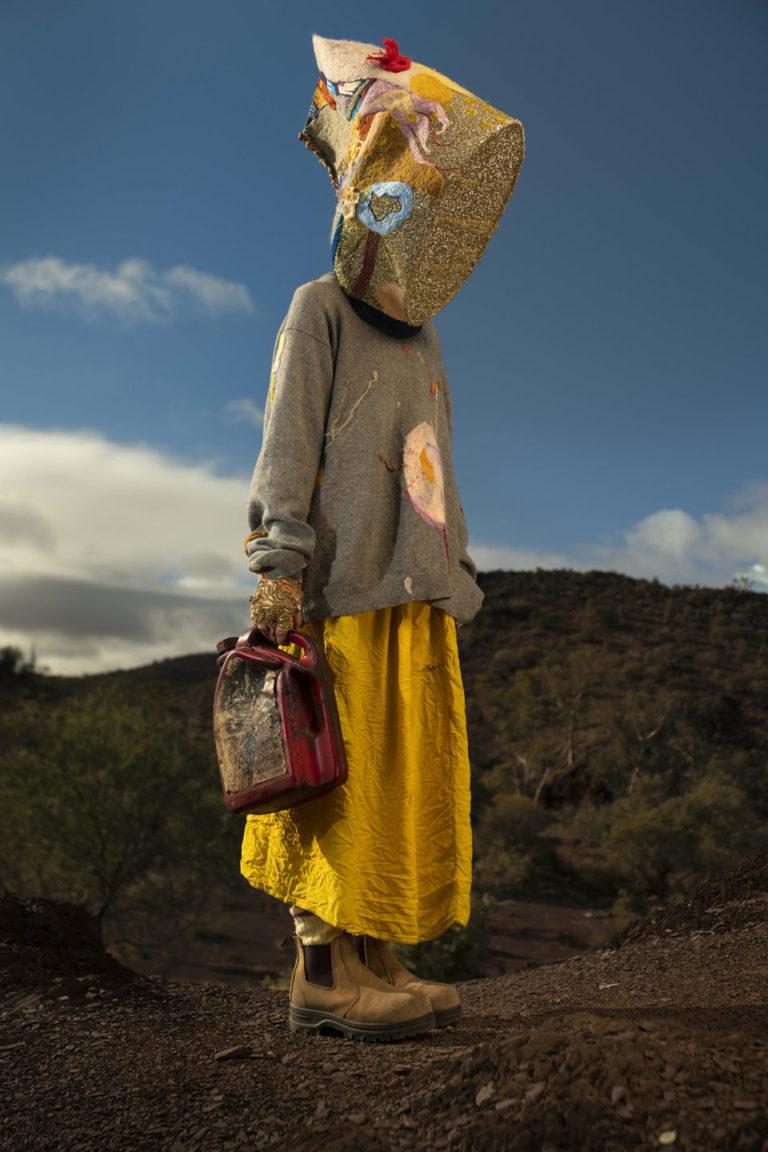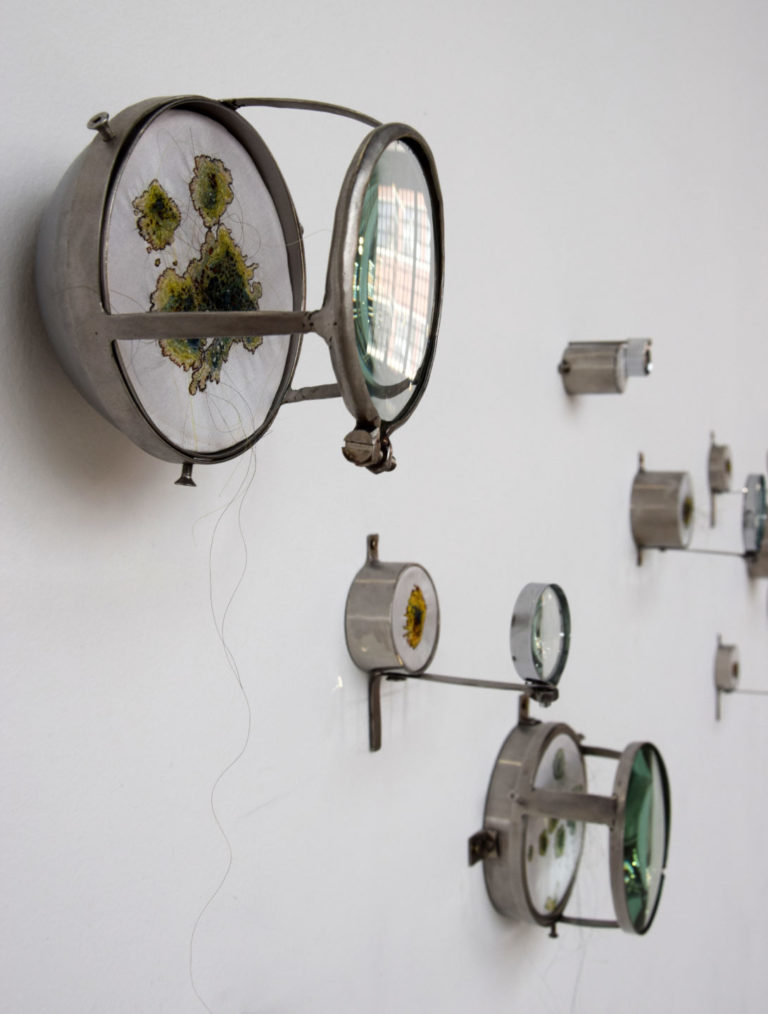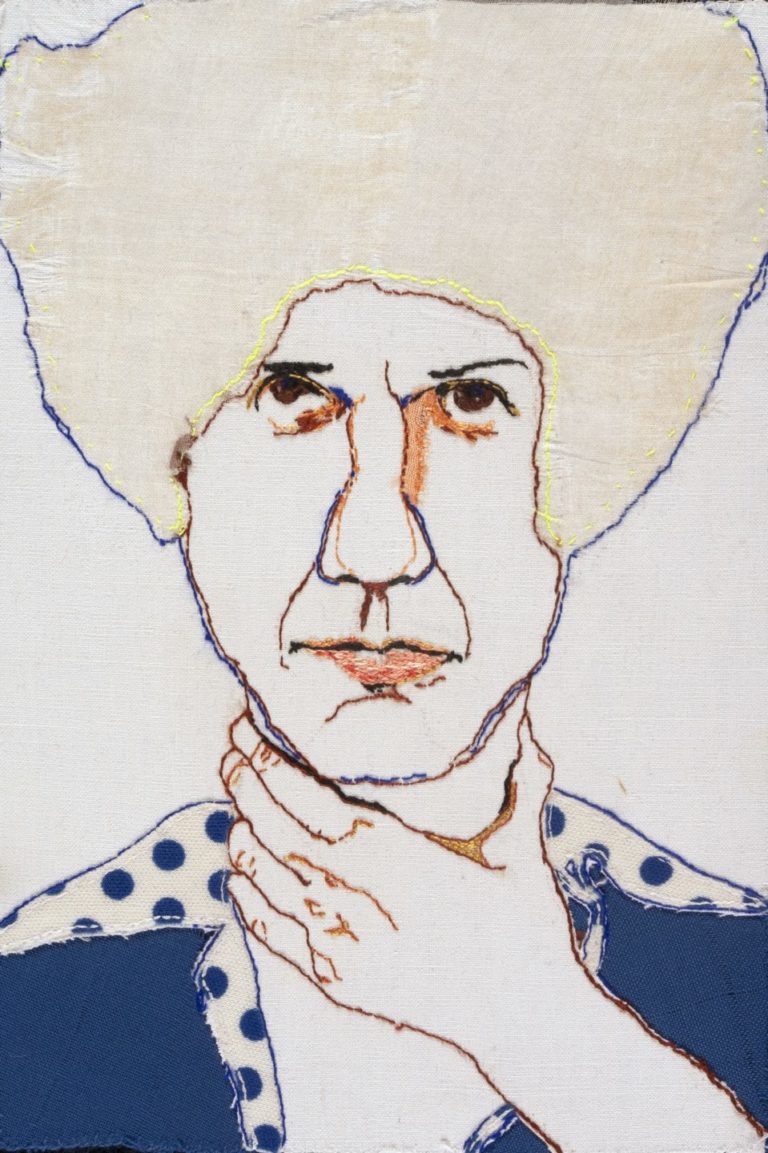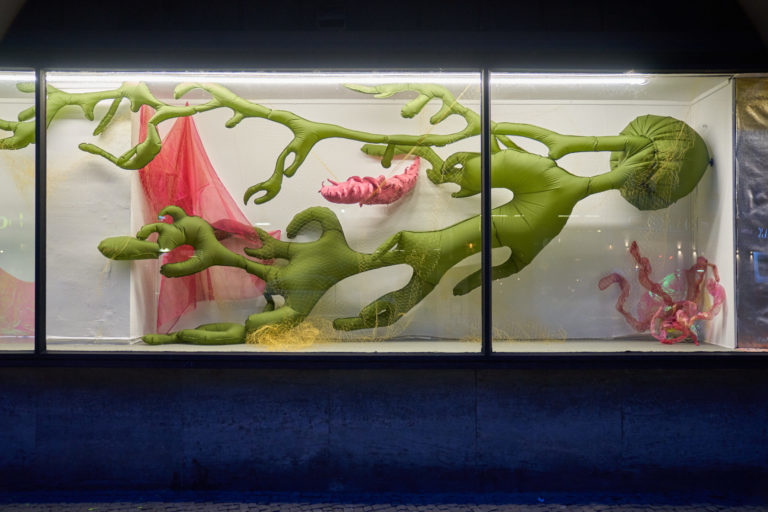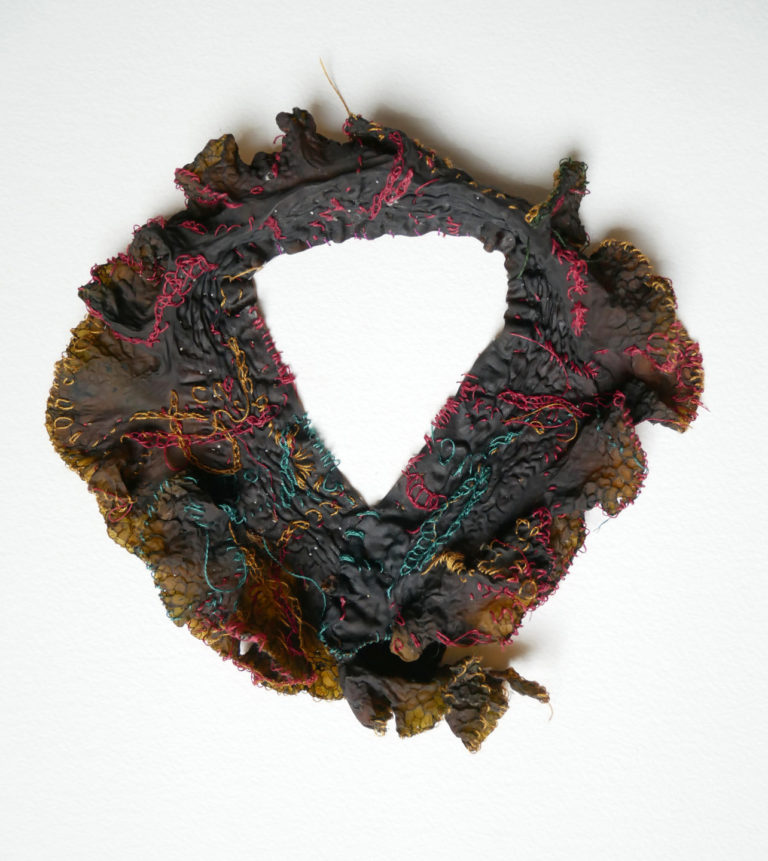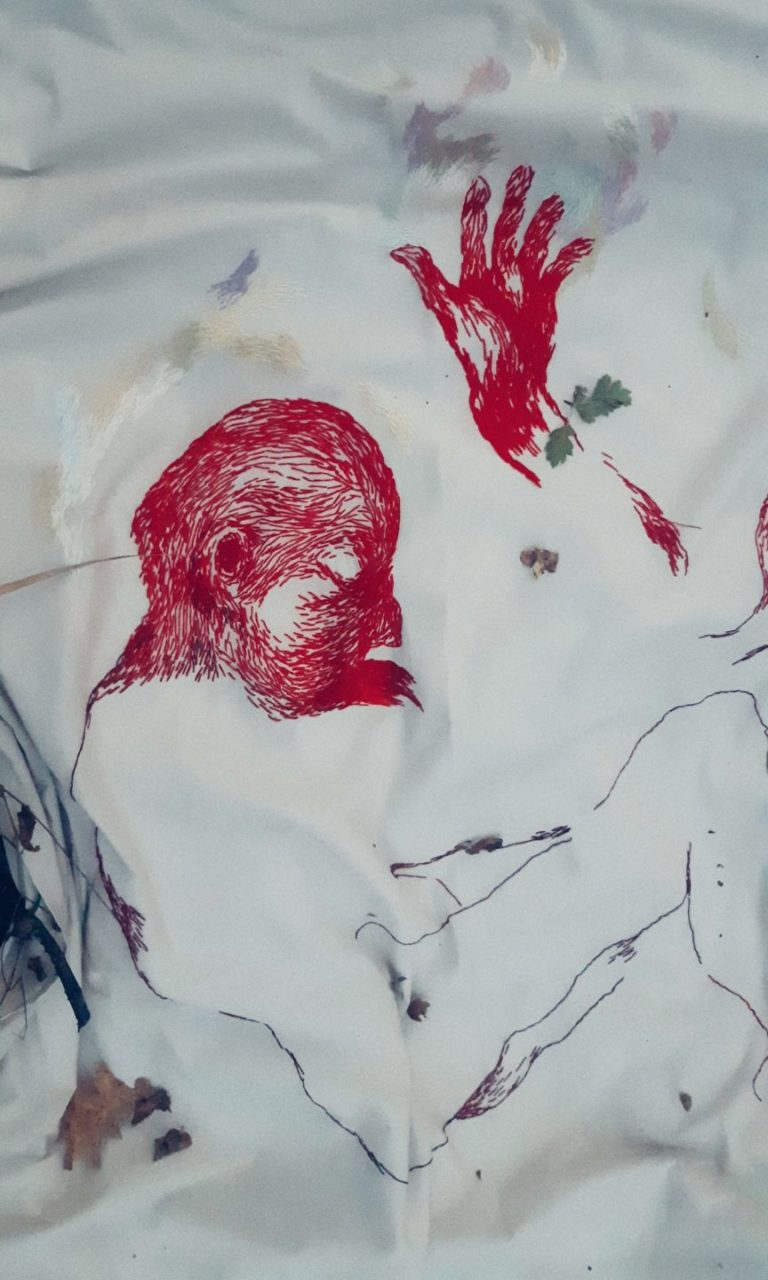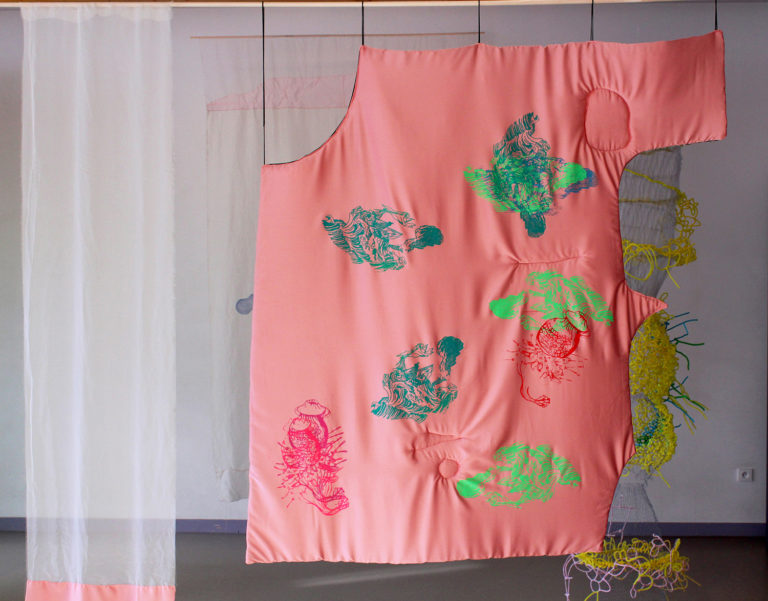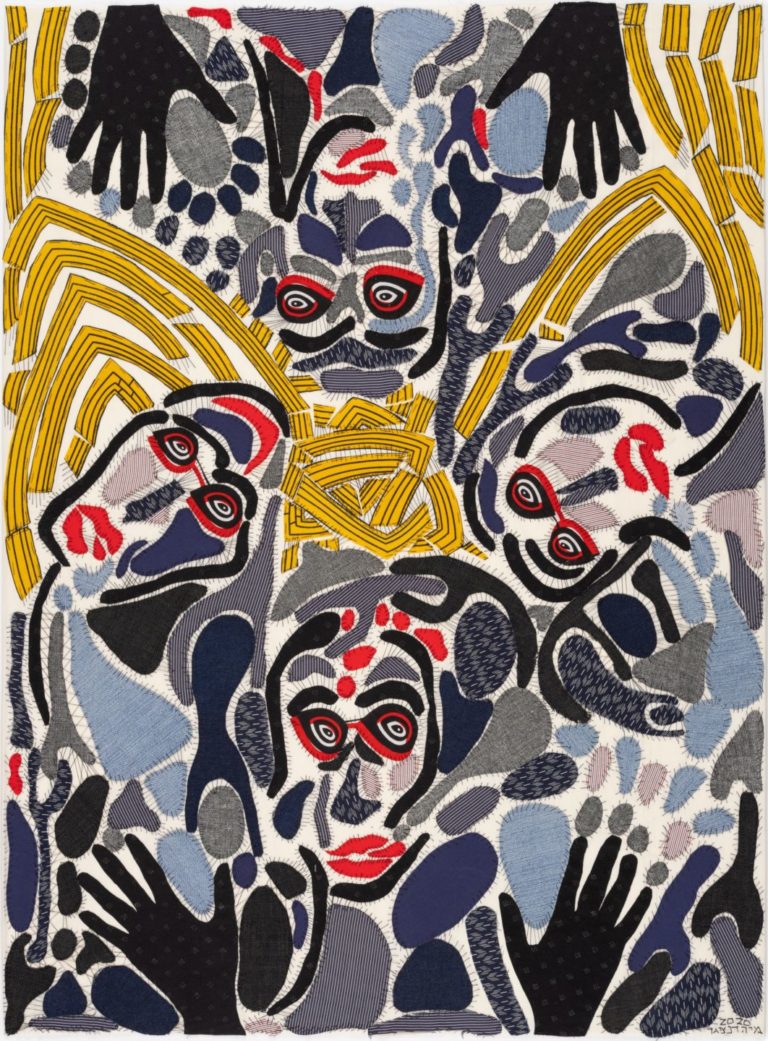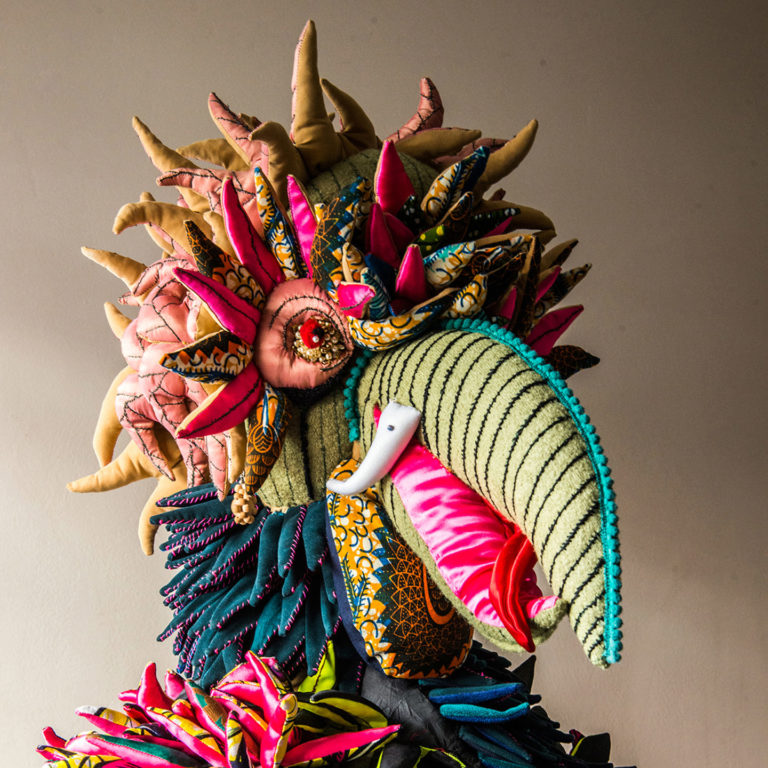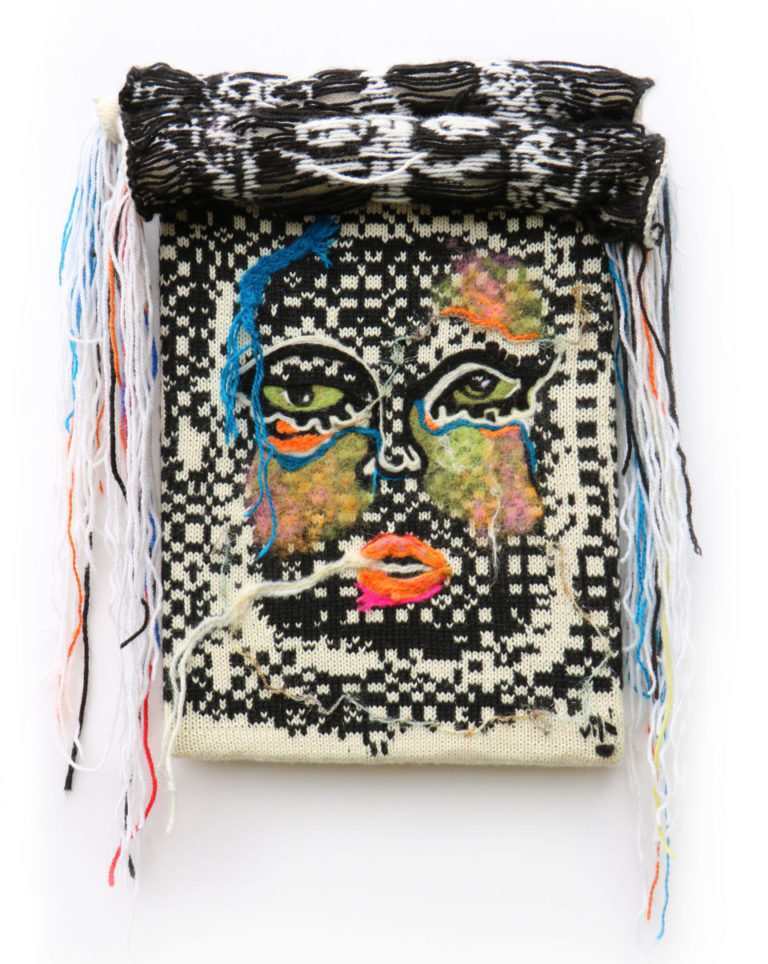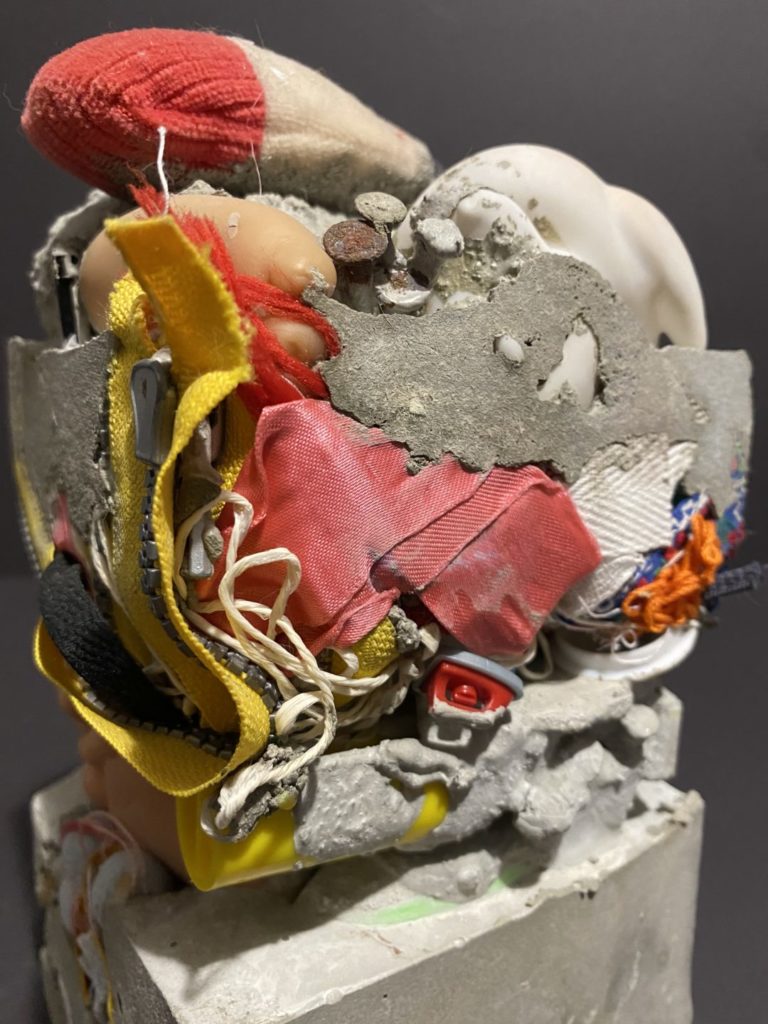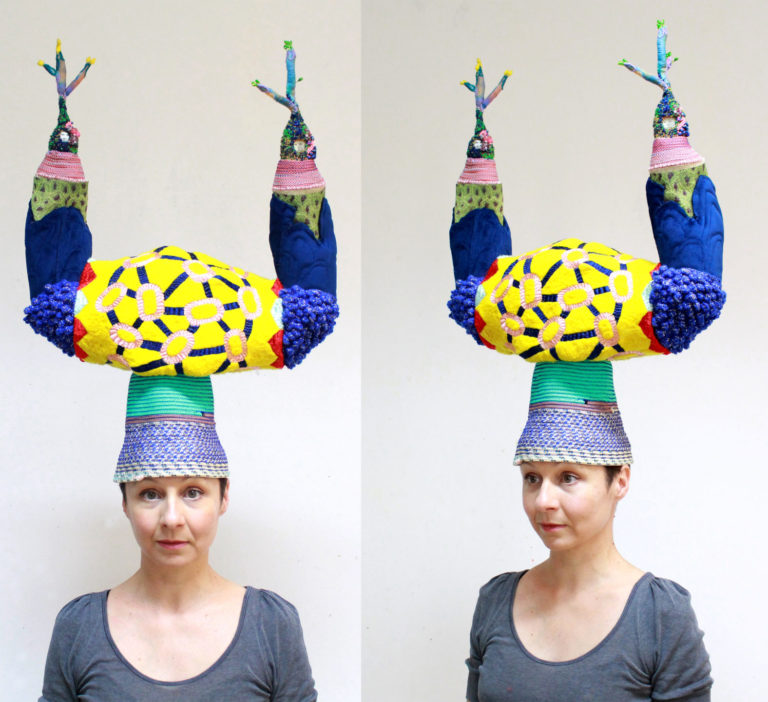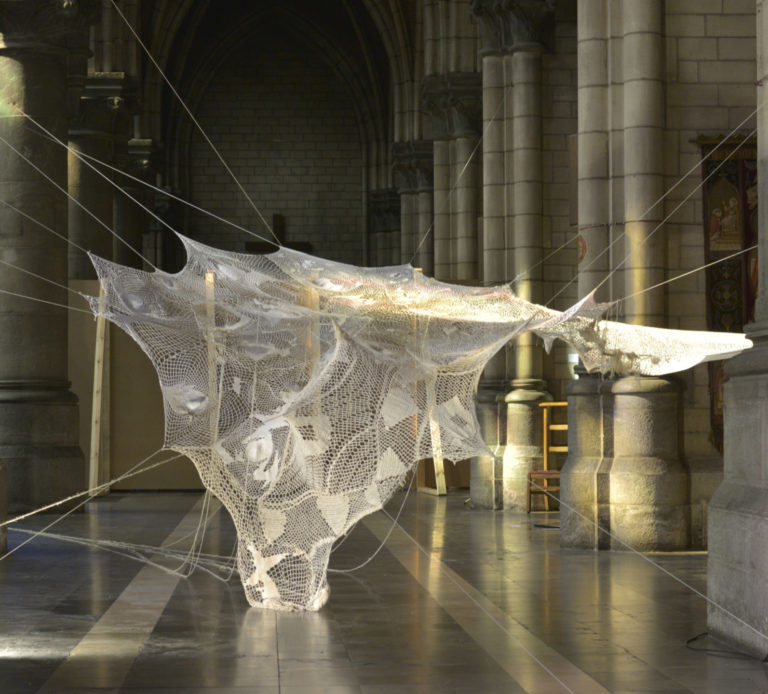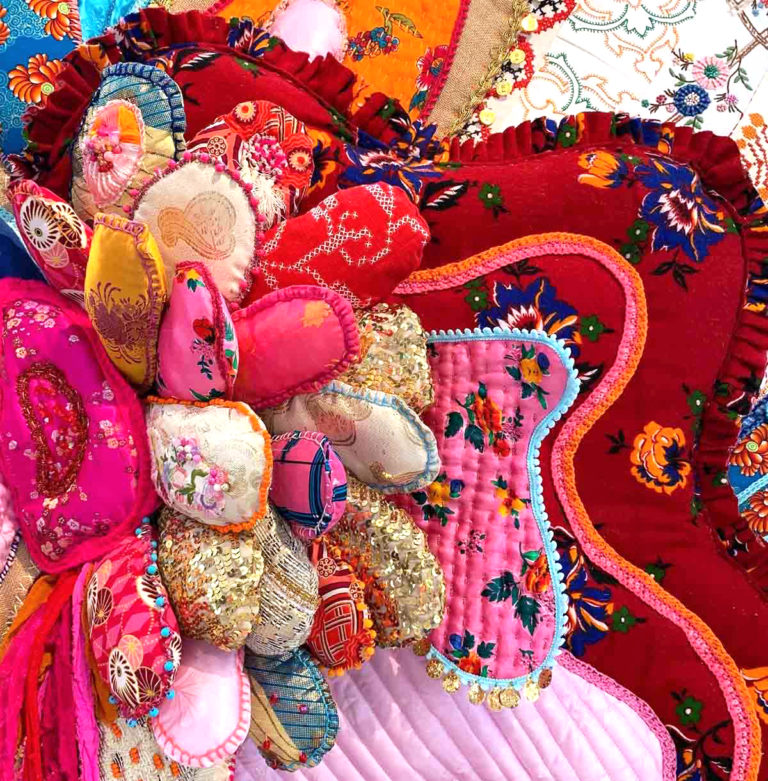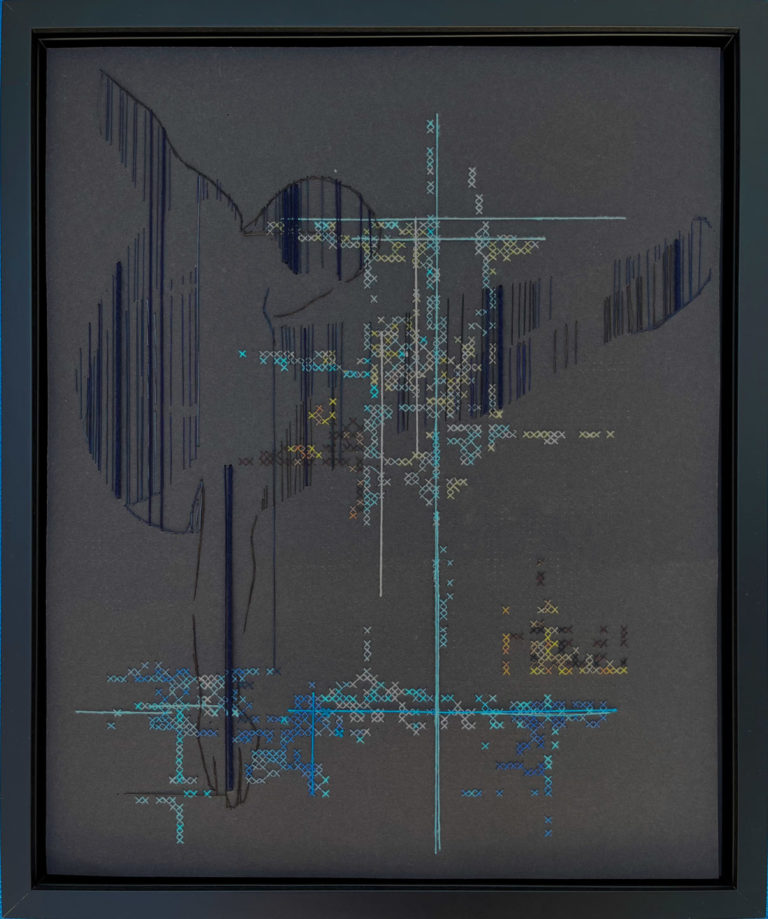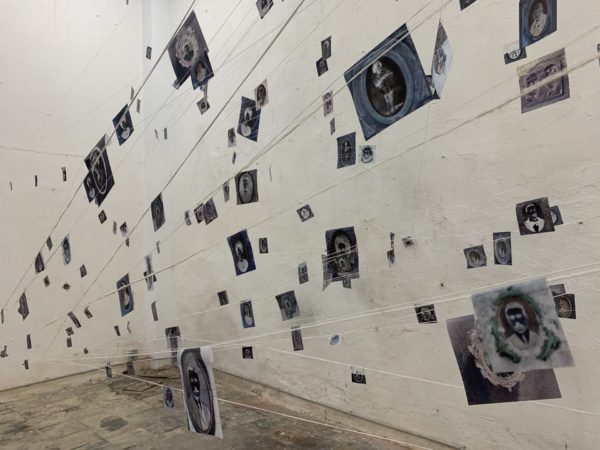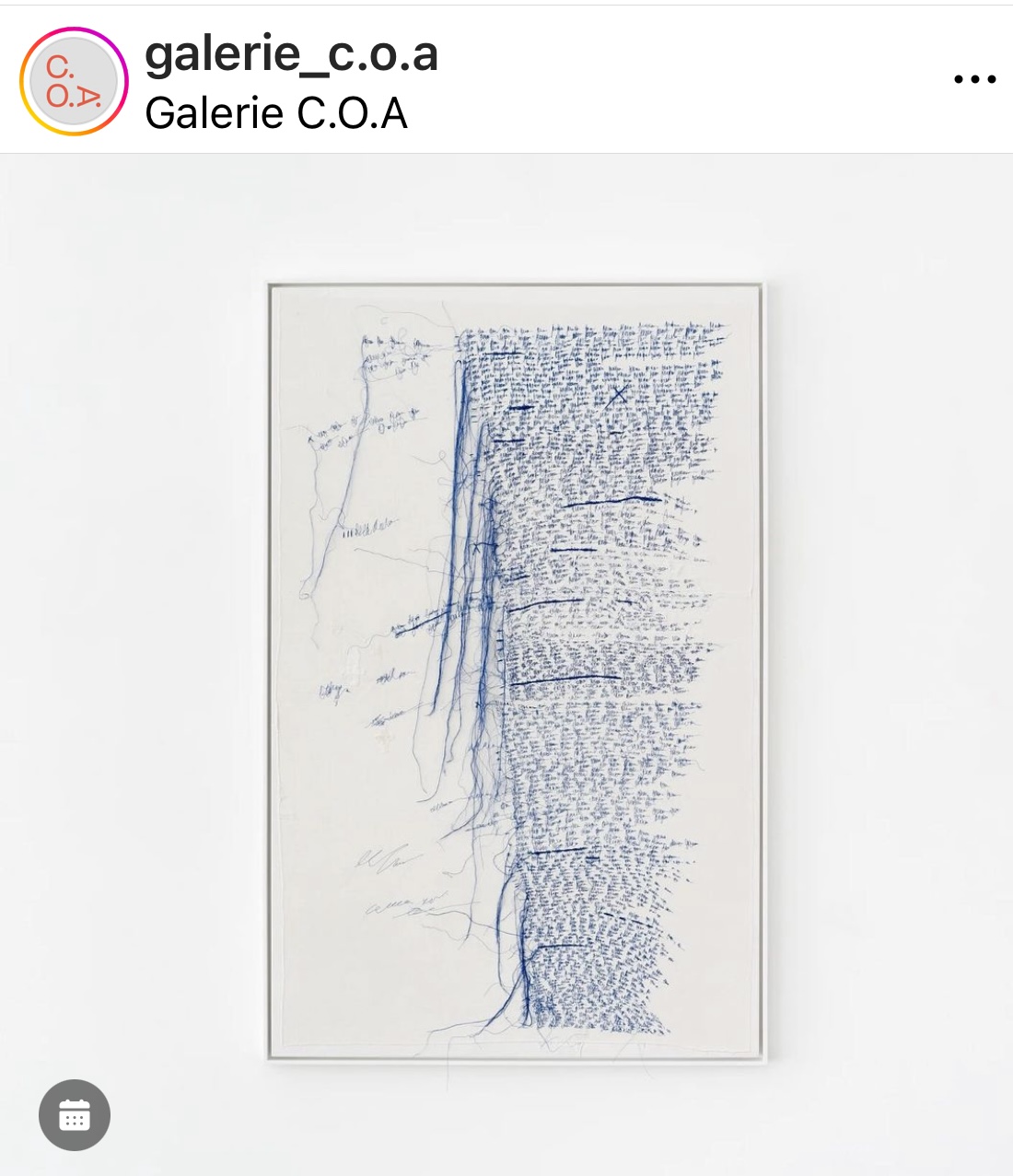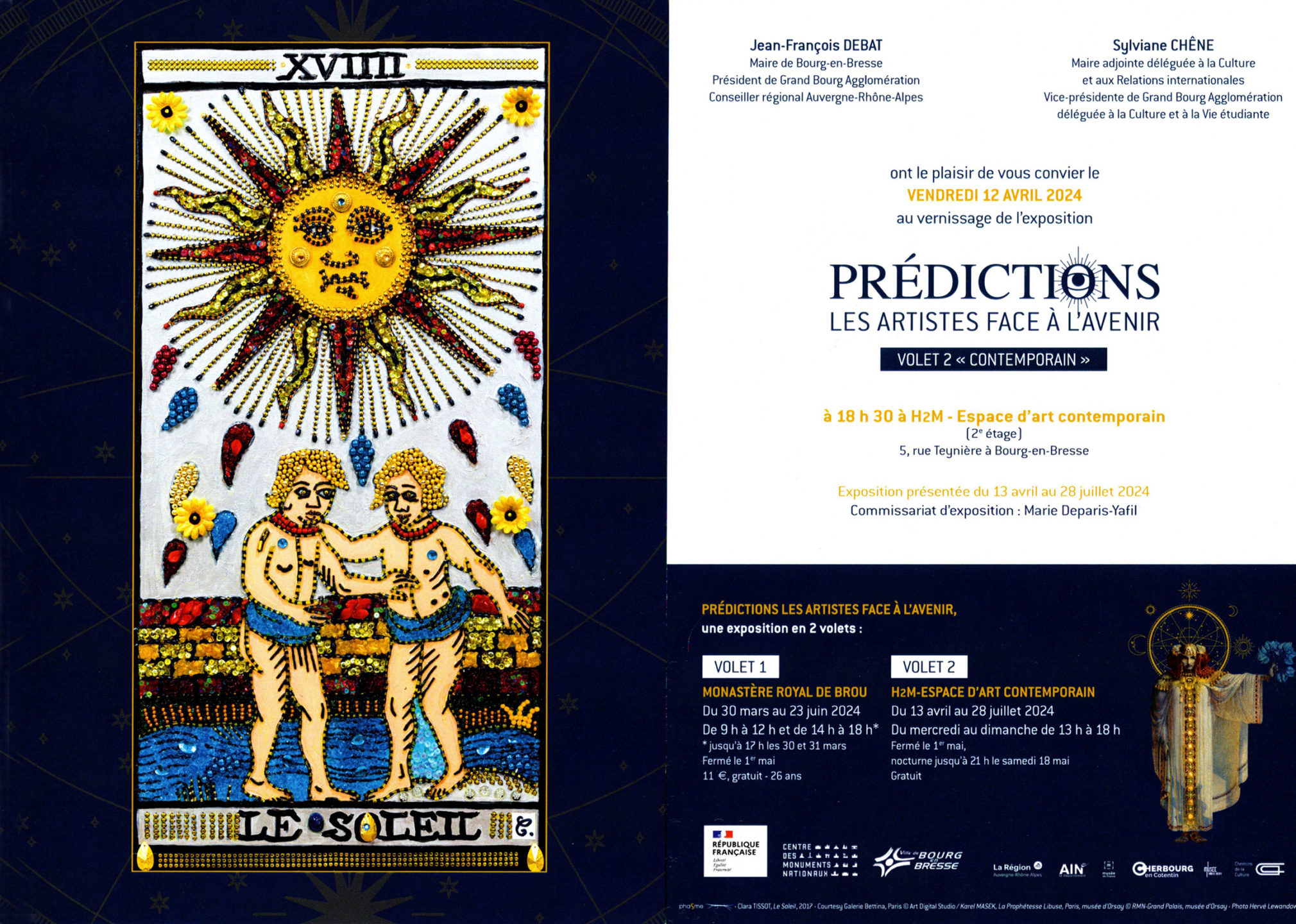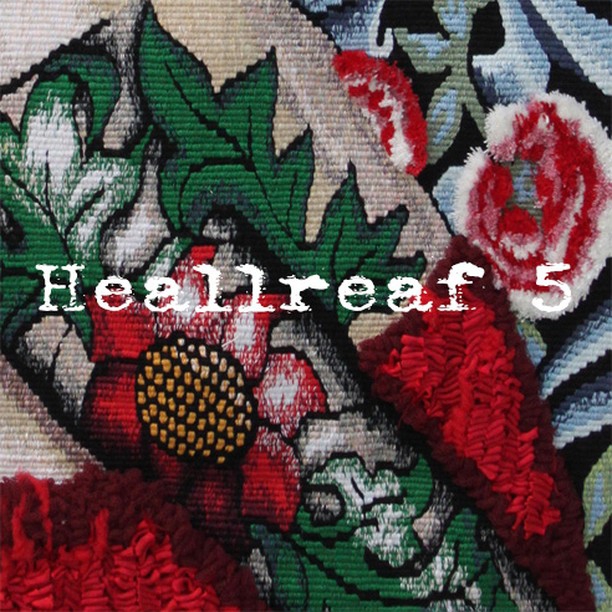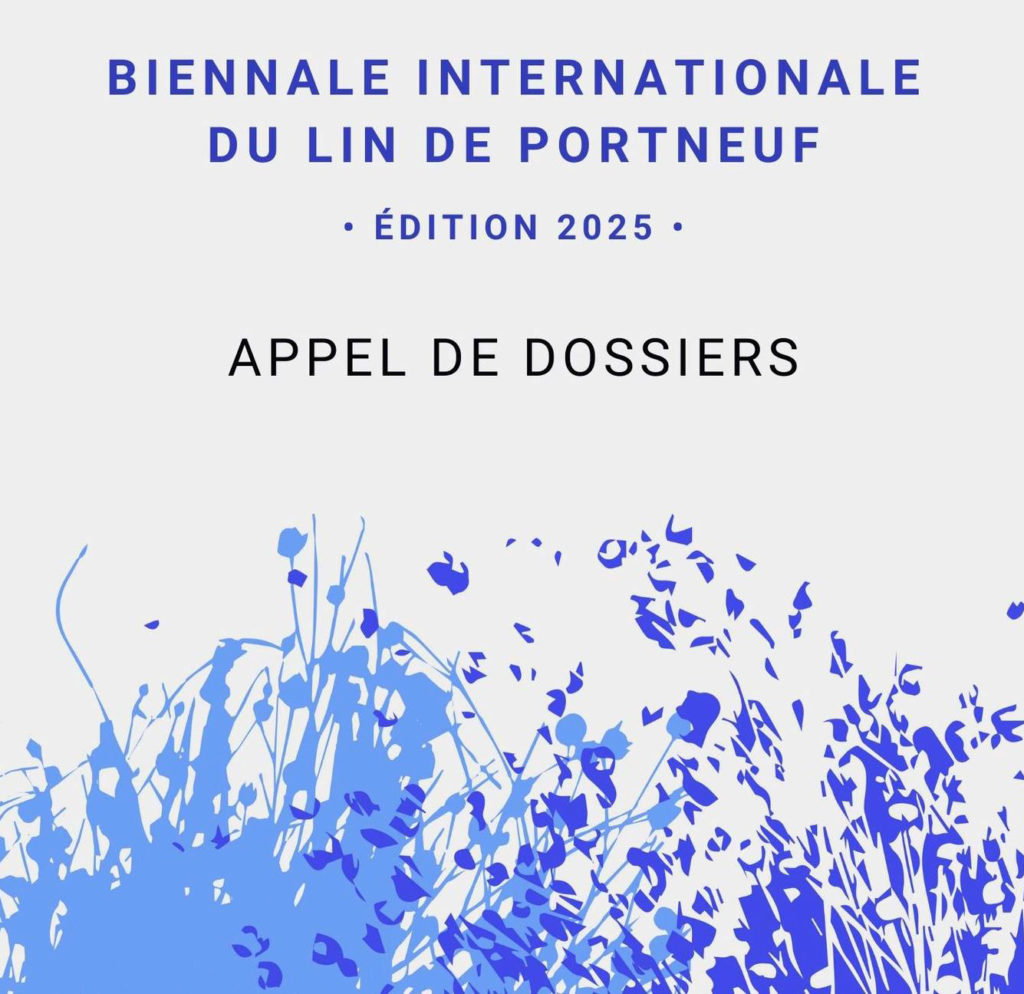Fiber Art Fever !Annuaire international de l’art textile contemporain
Fiber Art Fever ! regroupe une sélection internationale d’artistes textiles contemporains. Chacun d’entre eux s’exprime de manière privilégiée avec la fibre textile ou ses techniques, dans une démarche contemporaine.
Quelquesartistes
-
alice calm
-
amelia nin
-
andrea ellis
-
angélique
-
anne laval
-
arna gná gunnarsdóttir
-
aurélia cerulei
-
barbara d'antuono
-
carolina fuentealba baldini
-
cenzo cocca
-
chantal tichit
-
christelle balbinot
-
christelle lacombe
-
constance boulay
-
corinne de battista
-
delphine caraz
-
dominique torrente
-
edith laplane
-
elodie weber
-
ema duval
-
estefania tarud
-
gladys sauvage
-
guacolda
-
iris frère
-
isabelle caltot
-
jo bones
-
karola pezarro
-
kasia töns
-
laura sánchez filomeno
-
lia de jonghe
-
lili bel
-
lola barrett
-
maëlle de coux
-
maria motyleva
-
marie-noëlle deverre
-
maya danziger
-
myrtille béal
-
paty vilo
-
renlee 33
-
séverine gallardo
-
sonia aniceto
-
stephanie laleuw
-
uta kreher
Les nouveauxartistes
La plate-forme Fiber Art Fever !
La plate-forme présente des artistes plasticiens contemporains qui utilisent la fibre textile, ou ses techniques, de manière privilégiée dans leur travail.
Leurs pratiques s’inscrivent dans les différentes disciplines classiques de l’art : la sculpture dite sculpture molle, le dessin dit dessin au fil, la peinture dite peinture à l’aiguille, ainsi qu’en photos, vidéos, performances ou installations en intérieur comme en extérieur.
Vous y trouverez aussi des annonces d’expositions d’art textile contemporain (celles de nos membres) et des appels à candidatures.
Dans un deuxième temps( en 2024), la plate-forme de Fiber Art Fever ! présentera également des espaces d’expositions centrés sur le textile contemporain : galeries, musées, festivals et biennales.
Comment fonctionne la plate-forme ?
Avec des index cumulables qui facilitent la recherche des artistes :
- Par nom
- Par pays
- Par disciplines et techniques
- Par type et thématiques
- Par matériaux
Avec des news :
- Regroupées par pays et par dates
- Expositions individuelles, collectives tout médium ou centrées sur le fil
- Évènements, résidences, workshops
- Appels à candidatures internationaux et nationaux
L'associationFiber Art Fever !
Fiber Art Fever ! valorise l’art textile contemporain et l’utilisation du medium textile ou assimilé, dans l’art contemporain. L’association organise des expositions et participe à des évènements nationaux ou internationaux.
Via les réseaux sociaux, Fiber Art Fever ! aide à la diffusion des évènements de ses artistes et d’autres expositions d’art textile contemporain, ainsi que tout ce qui peut être d’intérêt pour les artistes qui utilisent la fibre textile dans l’art contemporain.
L’association civile Fiber Art Fever ! a été créée fin 2010 par Paty Vilo.
L’artiste plasticienne monte une première association d’artistes au Mexique en 2003 et lance à Guadalajara le mouvement « Puertas Abiertas al Arte ». C’est lors de ce festival annuel qu’elle découvre le textile dans l’art contemporain à travers le travail de Monica Leyva, une artiste plasticienne mexicaine. Le coup de foudre est immédiat ! Cette nouvelle voie artistique lui ouvre ainsi un tout autre horizon créatif, multiple et illimité.
De retour en France, l’idée d’un collectif autour de cet art germe dans son esprit pendant quelques années. Ce n’est qu’en 2010 qu’elle saute le pas et fonde l’association civile Fiber Art Fever ! Cette dernière évolue dans le temps pour devenir aujourd’hui une plate-forme dédiée à cette forme d’art.
Avec l’association, Paty Vilo s’engage également dans des mouvements sociaux. Face à la flambée de violence au Mexique, elle relaie en France le mouvement pacifique en faveur de la paix et de la justice : « Broder pour la Paix », puis face aux attentats en France : « Broder pour Charly » en 2015 et face à la guerre en Ukraine : « One picture for Ukraine » en 2022.
http://broderpourlapaix.blogspot.com/
FAQ
Nous entendons par art textile contemporain : l’usage dans l’art contemporain de matériaux souples tels que : fil, fibre textile, plastiques souples, cheveux, caoutchouc, fil de métal souple, fibre végétale etc
Fiber Art Fever ! s’intéresse aux différentes pratiques :
- le dessin au fil et la peinture à l’aiguille soit la broderie contemporaine, main ou machine ou encore assistée par ordinateur
- la tapisserie ou le tissage
- la sculpture souple ou autre type de volume textiles
- la photographie quand l’objet photographié est « textile » fabriqué par l’artiste ou manufacturé
- les installations avec le matériau textile, le fil ou autre matériaux souples
- les vidéos et les performances quand le fil ou assimilé prend toute son importance
- les œuvres créées avec l’aiguille (main ou machine) ou avec les techniques textiles telles que le tricot, le crochet, la dentelle, les entrelacs, le nouage…
Nous sommes particulièrement intéressés par les artistes qui cherchent de nouvelles formes d’utiliser la fibre textile ou assimilée dans une démarche d’art contemporain. Nous restons ouvert à d’autres formes tant que le fil ou assimilé, ou encore les techniques textiles sont très présents dans l’œuvre finale.
Les artistes qui intègrent le collectif peuvent travailler d’autres matériaux mais l’usage des matériaux précités ou les techniques qui y sont liés doit être prédominant dans leur recherche artistique.
Nous n’intégrons pas :
- les œuvres d’art réalisées avec la fibre papier pour leur fragilité
- l’artisanat, le design, le stylisme et les arts décoratifs. Nous entendons par artisanat et arts décoratifs toutes les créations à but utilitaire ou décoratif pour le corps ou l’habitat : bijoux, lampes, vêtements etc.
- Ils sont artistes contemporains et travaillent de manière privilégiée avec la fibre textile ou ses techniques dans une démarche contemporaine
- Ils ont un travail personnel, original et produisent de façon régulière
- Ils peuvent être débutants et ne pas avoir de CV mais avoir d’ores et déjà développé une certaine production et un style particulier
- Ils gèrent eux-mêmes leur espace et publient leurs actualités
- Ils mettent un lien de leur site vers le nôtre et communiquent sur leur appartenance à la plate-forme sur les réseaux sociaux
- Ils nous suivent sur les réseaux sociaux
- Les inscriptions sont individuelles
- Un binôme ou un collectif qui crée ensemble des œuvres communes est tout à fait possible, mais les associations ou regroupement d’artistes en tant qu’individualités ne sont pas pris en compte pour le moment.
- Un artiste qui crée occasionnellement avec un ou d’autres artistes (collaboration) peut présenter ce travail dans son espace.
Les artistes participent aux frais avec une adhésion de 90€ pour 12 mois et ont la possibilité, si besoin, de demander une bourse à 50%
Les artistes qui sont partie prenante d’une association l’indiqueront dans leur CV avec un lien s’ils le désirent.
Il est conseillé aux artistes d’intégrer la plate-forme pour 3 ans minimum
Les artistes peuvent demander leur adhésion dans la rubrique dédiée
- Bénéficier d’un espace en ligne, où sont regroupés des artistes de la fibre dans l’art contemporain sélectionnés
- Gagner en visibilité, au niveau national comme à l’international auprès d’un public averti et de professionnels
- Profiter du réseau international de Fiber Art Fever! et du réseau des uns et des autres
- Diffuser votre travail et vos actualités de manière locale, nationale et internationale via le site de Fiber Art Fever ! et ses réseaux sociaux : environ 20 000 followers sur sa page Facebook et plus de 11 000 sur son compte Instagram. Ceux-çi sont suivis de manière internationale par des artistes, des afficionados et des professionnels : commissaires, galeries, musées, organisateurs de festivals et biennales etc…
Le site permet les options suivantes :
- Contact (email, site, réseaux sociaux)
- Œuvres (présentées par type : 2 D, 3 D.. et par série), installation, vidéo-performance etc…
- Sans limite de post
- CV
- Textes (bio, textes sur la démarche, ou textes de critique d’art)
- Actualités
- PDF à télécharger
La cotisation est de 90€ pour 12 mois et peut être réglée en deux ou trois fois, ou encore par une cotisation mensuelle de 9€ (soit 12 x 9€)
Les artistes peuvent demander une bourse de 50% en cas de problèmes financiers
La cotisation permet :
- Une contribution aux frais d’administration de l’association
- Une contribution à l’entretien, la sauvegarde continuelle et l’amélioration du site
- Une contribution à un défraiement pour le travail de la personne chargée de l’association
- Une contribution à la formation d’une caisse pour participer ou organiser certains événements
Sur la plate-forme, chaque adhérent dispose d’un mini-site, comprenant diverses options définies ci-dessus
Suite à l’acceptation de son dossier, l’adhérent peut se connecter à son espace privé avec son identifiant et son mot de passe. Il a ensuite la liberté de configurer son mini-site selon ses besoins dans les options qui lui sont proposées et de le mettre à jour aussi souvent qu’il le souhaite.
L’adhérent choisit sa langue favorite (français ou anglais). La plupart des champs de son mini-site sont semi-automatisés, ce qui permet de les traduire automatiquement dans les 2 langues disponibles.
Les champs en texte libre apparaissent en anglais ou en français
La traduction d’une langue à l’autre est automatique ou peut être assurée par l’artiste s’il préfère, pour les parties textes et descriptions
L’adhérent peut ajouter ses visuels et les organiser selon son envie (par œuvres, par séries, par thématiques ou par disciplines)
Afin de faciliter la prise en main du site, une FAQ détaillée est envoyé aux adhérents dès acceptation.
Les adhésions se font sur sélection (voir notre définition de l’art textile et conditions particulières)
Remplissez le formulaire d’adhésion.
Votre demande sera examinée sur l’ensemble de votre travail, au vu de votre site et de vos réseaux sociaux.
Si vous n’avez pas de site, de page Facebook ou de compte Instagram, envoyez un PDF avec une dizaine de photos récentes, ou une dizaine de photos clairement identifiées (prénom_nom_titre), leurs fiches techniques et un petit texte de présentation
Une réponse vous sera donnée au plus tôt, a priori dans les 2 ou 3 semaines.
Une fois votre inscription validée et votre paiement effectué, vous pourrez remplir votre espace dédié ce qui la première fois prendra un peu de temps…
Lorsque vous aurez mis votre mini site en place, nous vous présenterons régulièrement sur notre page Facebook et sur notre compte Instagram
Votre adhésion sera valable pour 12 mois à partir de votre paiement (ex : je règle le 15 février 2023, mon adhésion sera valable du 1er mars 2023 au 1er mars 2024)
Nos appels à candidatures
Avis aux artistes ! Fiber Art Fever ! accueille régulièrement de nouveaux membres dans son collectif. Vous êtes intéressé ? Contactez-nous pour présenter votre travail et votre motivation pour faire partie de notre association.
Vos appels à candidatures
Envoyez-nous vos appels à candidatures (expos, résidences, appel à texte), nous les diffuserons sur notre site et nos réseaux qu’ils soient centrés sur le textile ou pour tout médium.
